Dagestan is not a safe place to travel, if you listen to official sources, all I encountered was a peaceful country whose people bent backwards to make me feel welcome. Actually the trip would not have possible without the help of locals, who basically “passed me on” from village to village.
The name of the republic translates into “The country of mountains”. Not less than 30 peaks in Dagestan are above 4,000 m. More scenery is simply not possible. The few tourists, exclusively Russians vacation at the Caspian Sea and fill the short promenade at night. During my one week trip through the villages of Dagestan I met one non-Russian tourist. So how do you travel such a place, without speaking Russian? I could not find a travel guide to Dagestan and there was very little information online.
Travelling Dagestan on public transpor
I started the three week trip through the four Russian republics of North Ossetia, Ingushetia, Chechnya and Dagestan in Vladikavkaz the capital of North Ossetia.
During my one week in North Ossetia I met people who got me in contact with friends in other places in the Caucasus area. One of them was Alik, a young man in Derbent/ Dagestan. From there a kind chain reaction passed me on to friends in Kubatchi, who passed me on to people in Choh, where other locals were helpful in organizing my further travel.
Although I must admit that I almost chickened out at the very beginning of the trip. When I arrived at a tiny bus station in Vladikavkaz and learned that a direct bus to Dagestan did not exist, my my heart sank. Well the friendly bus driver convinced me – with the help of goggle translator – to get on his bus to Magras, the capital of Ingushetia and then take another bus to Grozny/ Chechnya, another one to Makhachkala, the capital of Dagestan. I could not picture myself travelling four republics all by myself without speaking Russian and was about to give up. But then my adventurous spirit won over and it was easy cheesy. The bus drivers or passengers always made sure I got on the right bus and instructed everybody on the bus to watch over me. It was this overwhelming experience that gave me the courage to move further into the mountains once I arrived in Dagestan.
Derbent– Russia’s oldest city
I had left Vladikavkaz/North Ossetia in the morning, travelled through four Russian republics and arrived in Derbent in the evening, where I dipped my toes into the Caspian Sea. I could not believe I made it! The newly created waterfront is a great place to spend the evening, lots of restaurants and a beach to walk under the full moon.
Russian tourists come here for some beach holiday, although it seems that the ocean is pretty polluted, but Derbent has a lot more to offer, due to its long and turbulent history. The city has been settled continuously since the 8thcentury BC, which makes it Russia’s oldest city. The gigantic citadel overlooking the city is its main sight.
Only its wall exists nowadays, the seven palaces once inside those walls, are long gone. They were destroyed over the many centuries of wars and revolutions. The most gory place is a deep hole in the ground where centuries ago prisoners were left to rot. During Soviet times it was cleared and about 1560 skeletons were found.
In former times two parallel walls ran from the citadel all the way down to the ocean, some parts of still left. I was a bit disappointed to find only modern houses within those walls.
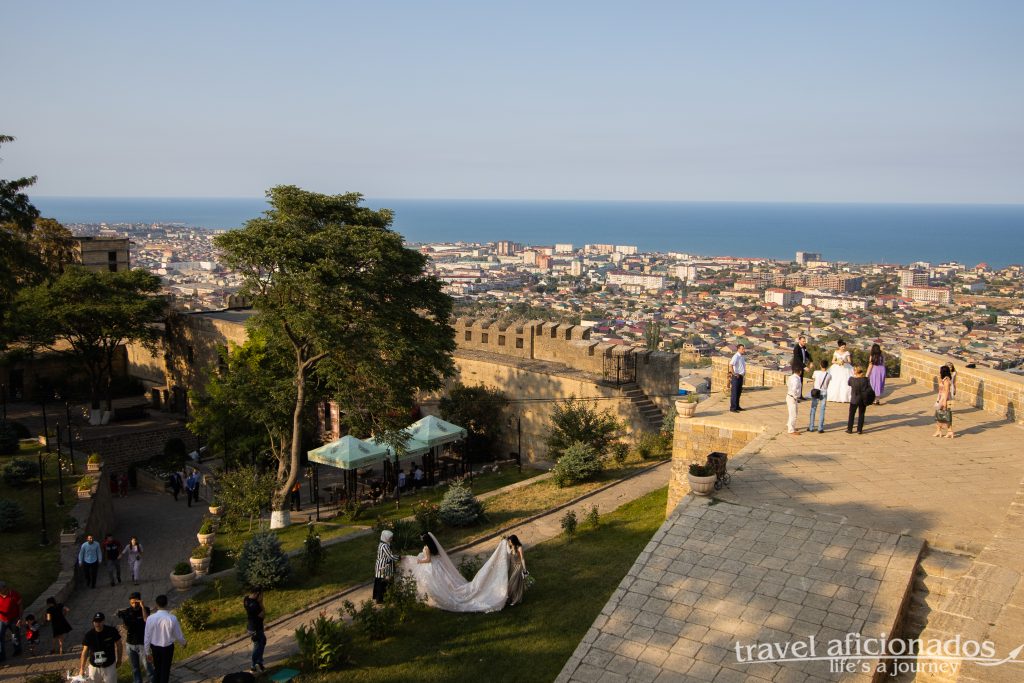
Derbent Citadel – nowadays the citadel is popular with newly-wed couple who have their photos taken there.
Derbent could also be called Russia’s Jerusalem, Christianity arrived in the early 4thcentury, Jews in the 6thand Islam in the 8thcentury. From the citadel you can see the Jewish and Old Muslim cemetery below. The later turned out to be my absolute favorite place in Derbent. Alik, who showed my around that afternoon, spontaneously suggested going there. With the sun setting and the moon rising, the Azan calling for prayers, it was almost magical to sit amidst these ancient tombs. The people buried there had met Mohammed in person, most of them were generals and martyrs.
My other favorite in Derbent was Jumah Mosque, built in 734, it has stood for more than 13 centuries, and it’s one of the main places from where Islam spread throughout Russia. I spent hours sitting inside its quiet court yard, shaded by trees 700 year old. The plantains were planted to take the dampness from the walls of the mosque. Those early architects also built the mosque in a way that it was able withstood an earthquake in the 14th century that literally moved the entire building without completely destroying it. I enjoyed watching people arriving an leaving for prayers.
https://www.youtube.com/watch?time_continue=299&v=ItgmXgsqDs4
Accommodation: I stayed at Elit Hotel near a park and within walking distance. It is a bit hard to find, since on the second floor of a building. It has great large rooms, super speedy wifi and a view of the citadel.Hotel Europa is nearby, but was booked, a good sign. Both are next to a park, restaurants and a gorgeous old tea house.
Hotel Sharistan is famous for its restaurant, if you like gigantic hall like restaurants with rich Russian drinking in separate niches and dancing away under lights. The rooms of the hotel are ok, but the internet never worked.
Local tour company: I was in contact with Derbent Tur arukhova95@mail.ruvey speedy answers, but eventually I chose to be passed on to friends of Alik in Kubatchi.
Kubatchi – silversmiths, scarves and mutschals
This small town in the mountains is famous for its legendary silver smiths. During Soviet times they were trained in a large academy, now the business is run from family homes. The jewelry is produced in houses and sold on carpets in the living room.
From Derbent it is a two hour trip, half on unpaved, very bumpy roads, but the ride is spectacular.Ancient villages, animals, trees, they all cling on to the steep green slopes. This amazing trip would not have been possible without the help of wonderful locals that took me under their wings. Alik, my contact in Derbent passed me on to Hazbula, who lives near Kubachi.
Hazbula picked me up in Derbent and I stayed in his home near Kubatchi, his sister and some friends happen to visit and we ate, drank cognac from horns and danced to Dagestan music. Communication was not easy but with everybody tried hard, being well-meaning and kind, we all had a blast.
Hazbula and his entire family is super nice, they have also a farm, three kids and friendly neighbors.
The village of Kubatchi is less intriguing than I had imagined, the scenery is great, but the village itself is nothing to write home about. A dusty little town with rusty roofs, most houses cling on the steep slope.
There is no hotel, some small shops and a weekly market: Luckily I happened to be there for market day when I all the local women were out shopping wrapped in highly decorative white scarves with golden embroideries. These cannot be found in any other place on this planet, very much like the other item unique to Kubatchi, the mutschal. This is a metal jar only found in this village.
If I ever do this trip again, I would stay to visit various places (homes!) where silver jewelry is produced to really see how it is made. Hazbula only took me to one, very nice family but I did not really see how it is made.
Accomodation: I stayed at Hazbula’s house (7km from Choh), was served great food, the room was comfortable, I had my own bathroom and super-fast Wifi.
Trip from Kubatchi to Choh: Hazbula and his brother drove me to Choh, I think he asked for 40 US for the entire trip about 6 hours with many photo stops. The mountain scenery was even more breathtaking than coming from Derbent. About half of the trip was on really rough roads, the other on paved streets. There are not many village along the road, it is mainly nature.
Choh – Gateway to Gamsuti
The small village of Choh is near the abandoned city of Gamsuti “Dagestan’s Machu Picchu”. The few visitors that pass through the village are fed in Sale’s house, exclusively Russians. This is where I hang out. Sale called it café, I ate things I had never tasted before and not everything did I like, but it was everything there was and I was happy to be welcomed.
Sale and her husband renovated an old stone house, which they call Etnodom (it is a 10 minute walk from Sale’s café) and this is where I stayed. All by myself. Sale’s husband has decorated the entire house with old furniture, ancient kitchen utensils and farm equipment.
From the large terrace of Etnodom the view of the valley below is simply stunning.
Just when I started feeling a bit lonely – for how long can you marvel at mountains and ancient terraces – when I heard footstep coming up the steep wooden stairs. It was a young art student from Moscow who spoke a little bit of English, I was so happy. She had come to Choh to do some painting. We spent the evening together in Sale’s “café” with a Chechnyan family on holiday. Google was doing the translation, but when the electricity was down and my mobile was almost empty, I felt a bit of panic crawling in. Not because I was afraid, but it is very odd to sit in a dark room with people you cannot communicate with.
When we arrived back in our stone house later that evening crawled into the second bed in my room. It was a big room, but I would not have known how to ask if she has no room of her own.
Gamsuti – the Machu Pichu of Dagestan
The next morning I went straight to the café to get a ride to Gamsuti, the Machu Picchu of Dagestan. This abandoned village was the very reason why I came to Choh in the first place. Choh is a quaint village, but there is nothing, absolutely nothing to do, except sit in Sale’s café.
Getting there was another test for my patience. When it turned 11 o ‘clock I was still sitting in the café, becoming increasingly restless. The night before I had thought to have understood that those who wanted to go to Gamsuti gather at Sale’s café at 9 o’clock. Since I was unable to ask anybody I simply had to sit and wait. Then suddenly a jeep pulled up, a young man in uniform stepped out and the husband of the Chechnyan family from the night before. They waved me in and off we went, the last bit of drive was so steep and dangerous that I stopped breathing, at least I thought so.
Well, I survived and swore myself I will walk that bit on my return from Gamsuti.
Once we started walking quite a few number of people had already been on their way. For about an hour we walked slightly uphill, always in the shade. It was getting really hot and I was a bit upset that I had no chance to leave earlier. Hiking along the path was not too bad but I had no idea who far it was. Every time I picked up a number in a conversation I got more and more confused. They only thing that calmed me was that peolle did not carry a lot of water so I figured it cannot be that far. Then all of a suddenly it lay before me, the abandoned village of Gamsuti, a once picturesque Avar village, one of the oldest settlements on the territory of the republic of Dagestan.
Translated from the Avar, the word “gamsutl” means “at the foot of the khan’s fortress”. So historians concluded that once, in ancient times, the Khan chose this place to build his fortress. The place was abandoned about 50 years ago, it was too hard to live in such a remote, place carrying water over quite a distance. Now you have got an assembly to depilated house built very close to each other. I climbed a nearby hill and this is where I met the only other foreign tourist on this entire trip, an Italian guy who travelled with a Russian.
Since I was completely at the mercy of others for my transport to Gamsuti I arrive too late to take good photos, also the hike up it not pleasant in the heat of the day. When I was walking down in the early afternoon, people started climbing up and I felt only sorry for them.
Onward travel from Choh to Sulak Canyon
I returned to Choh from Gamsuti early afternoon. Again I sat for hours in Sale’s café waiting for onward transport. I had no clue as how to get away, I was not even sure if people understood I was trying to leave. Eventually a kind man took me to Gunib, 20km away. It is nice small town with basic touristic infrastructure, like a hotel and restaurants, busses and taxis. He would not take any money and put me on a marshrutka, the famous Russian minibuses that travel along major routes. It did not travel where I wanted to go, to Sulak Canyon, but was heading for Makhachkala, the capital of Dagestan. Since I had passed through this city on my way to Derbent I felt comfortable enough to go for it. The usual procedure, the guy who drove me here from Choh instructed the bus driver to put me on the right onward bus once I arrived in Makhachkala.
Saved by complete strangers in Kisilyurt
The ride from Choh to Makhachkala was four hours, pleasant enough but boring. Unable to talk to anybody, though most people were more than curious to have this non-Russian woman onboard. I had little wifi, only my off-line map to study where I was going. It was already dark when I arrived in Makhachkala, but I was determined to move on, to get as close to Sulak Canyon as possible. I wanted to be there early in the morning. I had no reliable information about hotels in Sulak Canoyn but was told there is a hotel in Kisilyurt, a town on the highway between Grozny and Makhachkala.
During the entire ride from Choh to Kisilyurt, that was three different bus rides, the same elderly man sat next to me bubbling to me in Russian, which got pretty annoying. The whole bus was giggling, but it got even strange when he got off with me in Kisilyurt, when the bus driver dropped me off in front of a hotel, the only one as it turned out. It was weird but I was too tired to be angry, when I learned that the hotel was booked an my new friend called a taxi I find another hotel I was already glad to have him with me. Taxis in small town in Russia don’t drive around to be flagged down, you have to call them. How could I have possibly done that!
To make to it short there was no other hotel in Kisilyurt and the taxi driver at one point stopped. I asked “Hotel?” He pointed at my companion and replied “dom”, which meant his home. My mind was racing, I was torn between, I need a beer now and giving the taxi driver a 100 US to drive me to Grozny, two hours away.
I didn’t have enough time to decide, because a woman in a nightgown appeared in the street, grabbed my trolley and ushered me inside an typical Soviet area apartment building. I found myself in a nice flat, was fed, offered to shower and put to sleep in a cozy bedroom. Again google did the translating which consisted mostly of various forms of thank you, thank you, thank you. The next morning they got me a taxi to Sulak Canyon and months after the trip kept sending short messages via whatsapp to find out if I was well. This people will never know what it meant for me to be treated so kindly in this situation, basically I was saved, because there was nowhere for me to sleep and eat.
Sulak Canyon – Sheer beauty in blue
Sulak Canyon, one of the most picturesque natural sights of the Republic of Dagestan. It is the deepest canyon in Europe and one of the deepest in the world, deeper than the famous Grand Canyon in the US, but what makes it so fascinating it that the water in the canyon is of a spectacular blue.
After a 30 minutes ride from Kisilyurt the taxi stopped ata viewing point on the east side of the canyon, where you can marvel at a spectacular section of the canyon from high up. Except that, there is not much else to see/to do.
But I noticed a few small buildings right across the canyon and some boats on the water. I pointed at the place and my taxi driver took off which turned out to become the best part of my visit to Sulak Canyon.
https://russiatrek.org/blog/nature/sulak-canyon-the-deepest-canyon-in-europe/
Basically we went back to where the canyon starts, near the village of Dubki, which is not some kind of ordinary village. It is heavily guarded by military, because of the nearby hydro power plant, the largest in the North Caucaus. What looked serious at first became rather casual, my taxi driver was waved through. We crossed underneath the canyon in a 3km long tunnel and followed a windy, unpaved road along the west side of the canyon. Basically it was the same trip than before, only on the other side of the canyon. If somebody is stressed for time and cannot do both sides of the canyon, I strongly recommend doing the western side, where you get down to the water. There is a restaurant and a boat rental, rides take about 30 minutes and stop at places where water is gushing out of the steep cliffs. Since I was by myself and in a hurry a rented a boat for myself and paid €30.
The only downside was that I got to the foot of the canyon around noon, the worst time to take photos.
Special memories about Dagestan
Having travelled a lot in remote areas on this globe, Dagestan proved to be an different challenge. First of all, there was the language barrier, I simply could not communicate properly, except through google translator (if there was internet), a friendly smile, body language and my 20 words of Russian.
The trip would not have been possible without the help of locals and the incredible hospitality of the Dagestan people. What also helped is Russia’s great public transport system and the affinity of its people to modern technology. I cannot image a village in Austria where an elderly person offers to add credits to your phone via a complicated procedure.
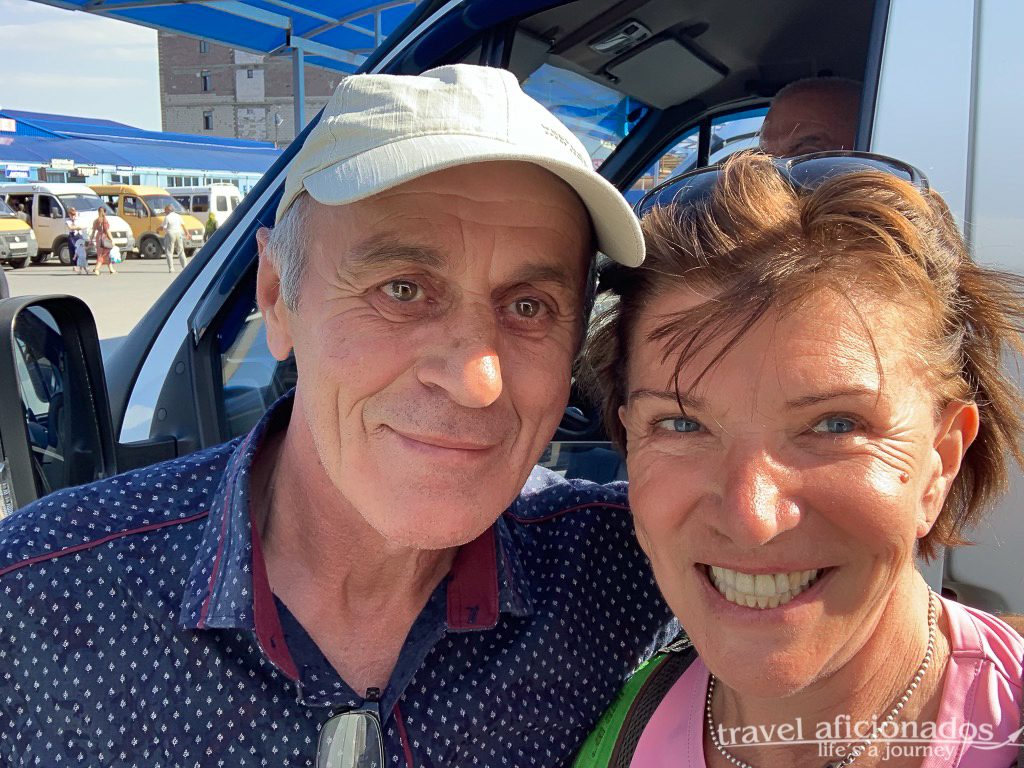
Makchakala bus station: This kind man spent one hour making sure I end up on the right bus to Derbent
People were so surprised and happy to see me a European tourist that I could not eat/drink all the cakes, grapes, hazelnuts, tea, cognac and what else I was offered.
I felt a welcome and warmth that made me feel so very comfortable. And no, it was not always easy for an impatient person like me to wait for transport, food, finding a hotel. I had to learn to just sit and wait, often not knowing if people knew what I was waiting for.
When I mentioned the kindness and hospitality to Dagestani people, they answered, “in the mountains you can also survive, by helping each other”
I also want to add at this point that no place I visited in Russia (many!) was what I expected. The image of Russia in many Europeans minds is still one of a backward country, unsophisticated, ruled by a dictator. I have travelled Russia extensively, but are far from calling myself an expert. In terms of political opinion I have encountered everything, People who wish Putin to leave as soon as possible, other who claims he is the one to keep the country from disintegrating and people who drive a car with huge image of Stalin on the hood. I hope to have many more opportunities to learn more.
____________________________________________________________________________________________________________
Possible itinerary: fly into Makhachkala the capital of Dagestan, stay for a night (it is not as bad a travel guides claim and it is the best place to watch a fight, Dagestan claims to have the best wrestlers, fighters etc.) or leave for Derbent right away (2hour drive, on excellent road)
Derbent: 6th century citadel, walk old city, within ancient city walls, beachfront
Kubatchi: small village with famous silversmith, no hotel, homestay with Hazbula
Choh: gateway to Gamsuti, the abandoned village, only accommodation Etnodom, one cafe, same owner, organizes also transport to Gamsuti
Gunib: gateway to Gamsuti, the abandoned village, has more infrastructure than tiny Choh, 4 hours from Makhachkala
Sulak Canyon: access via city of Kisilyurt, right on the highway between Grozny andMakhachkala
__________________________________________________________________________

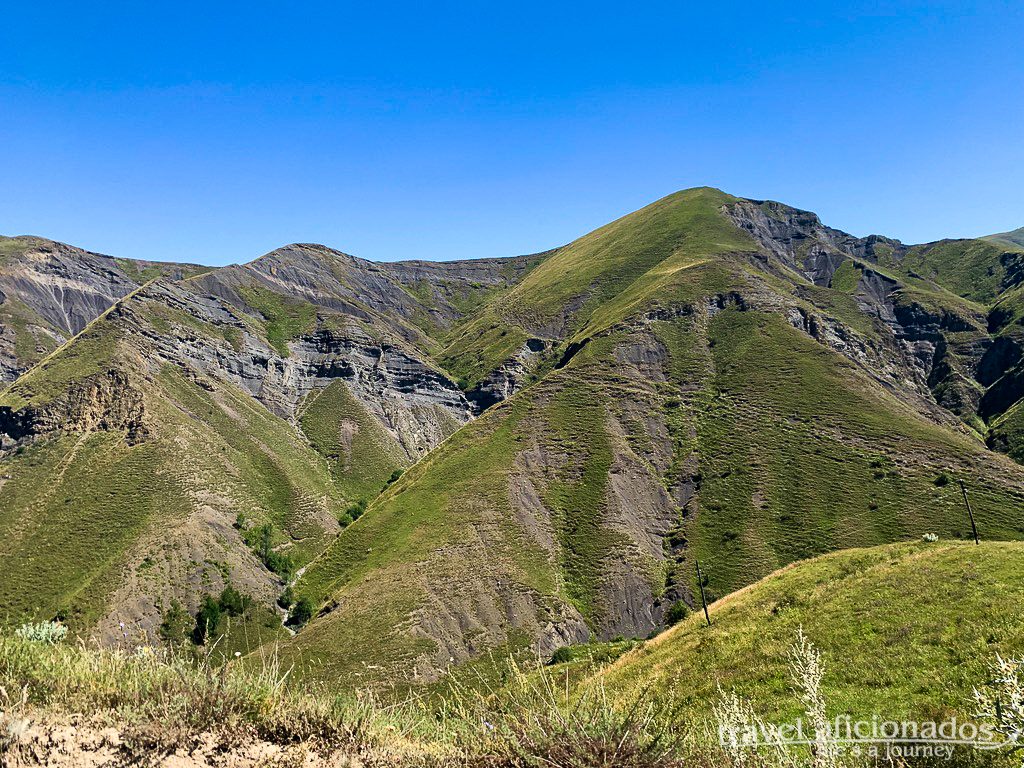
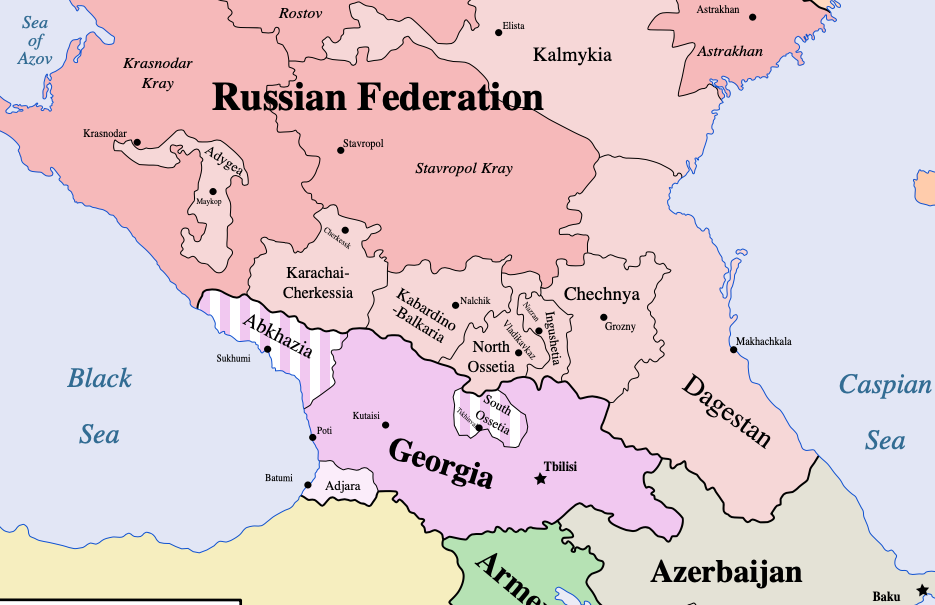
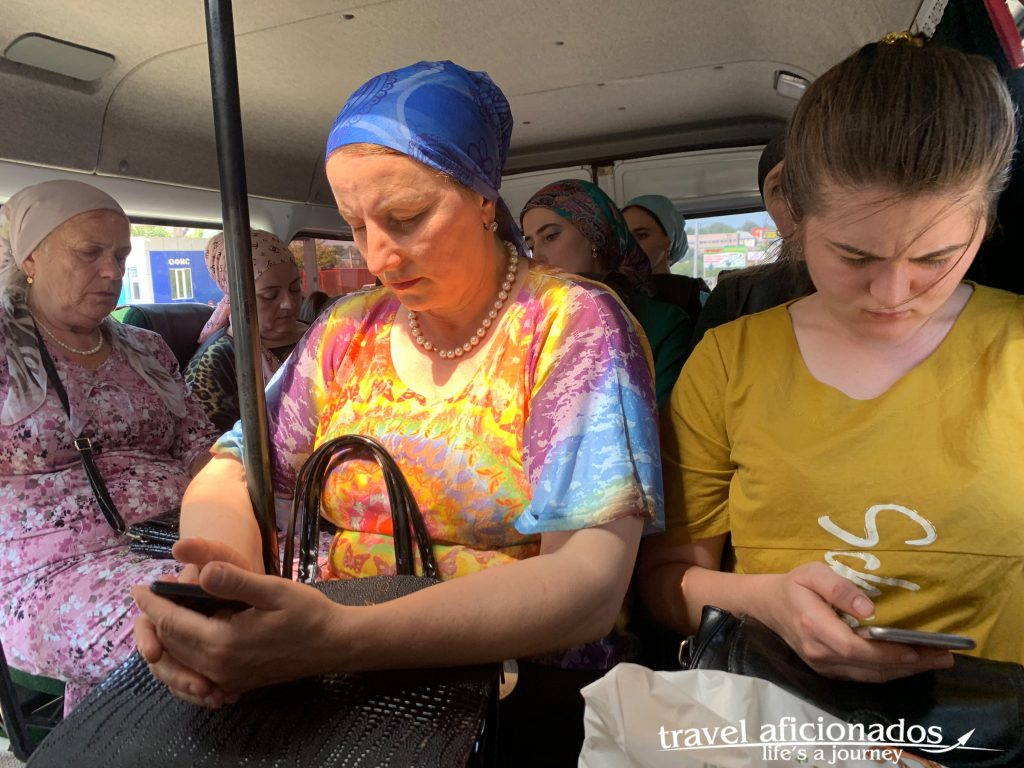
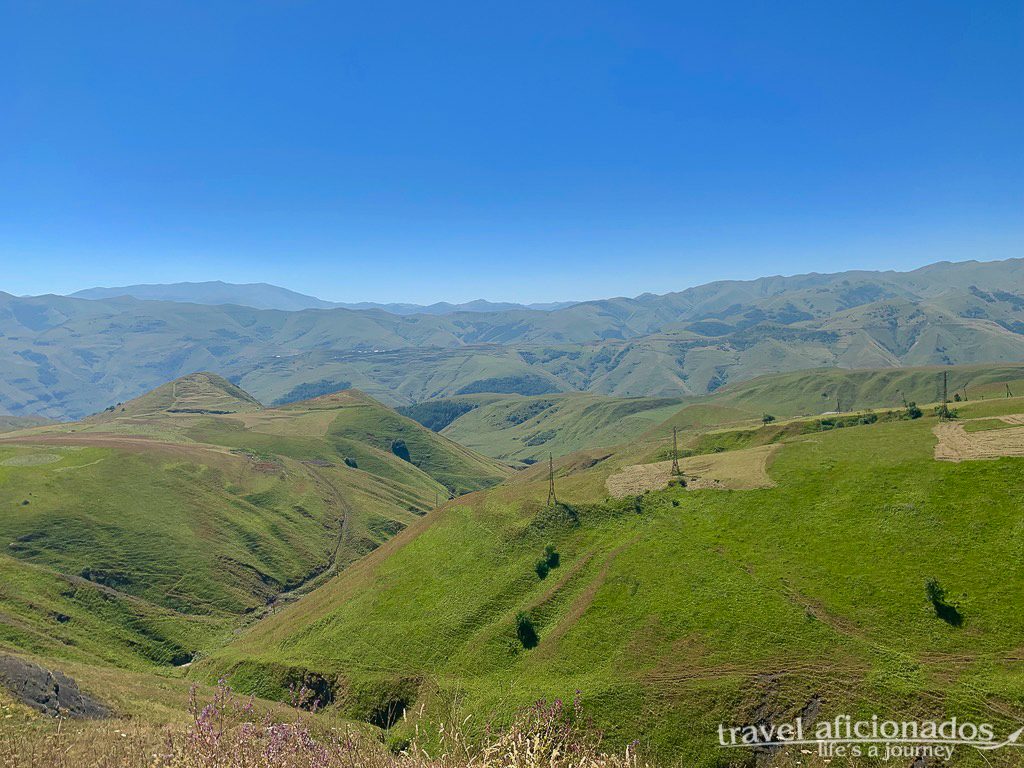
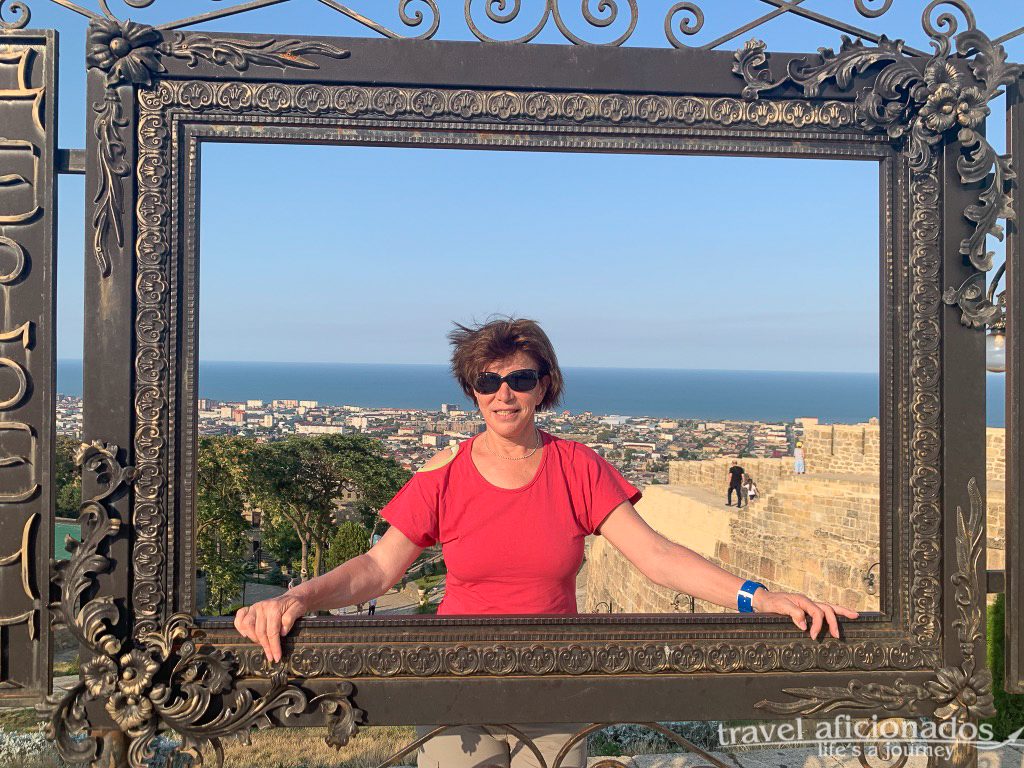
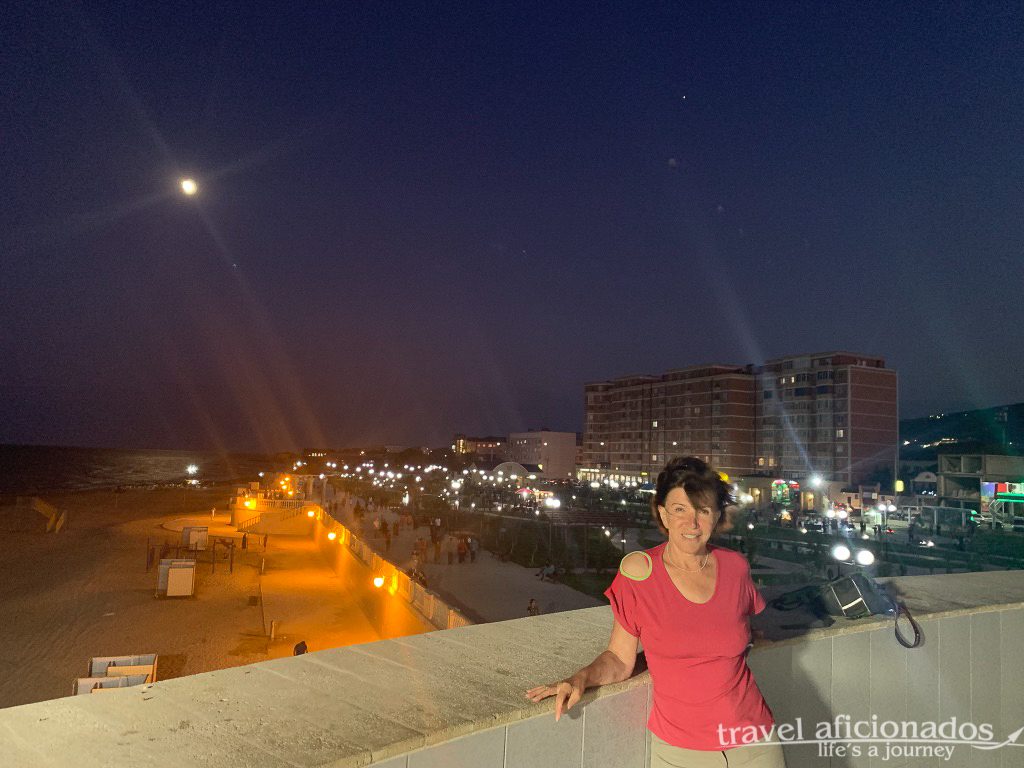
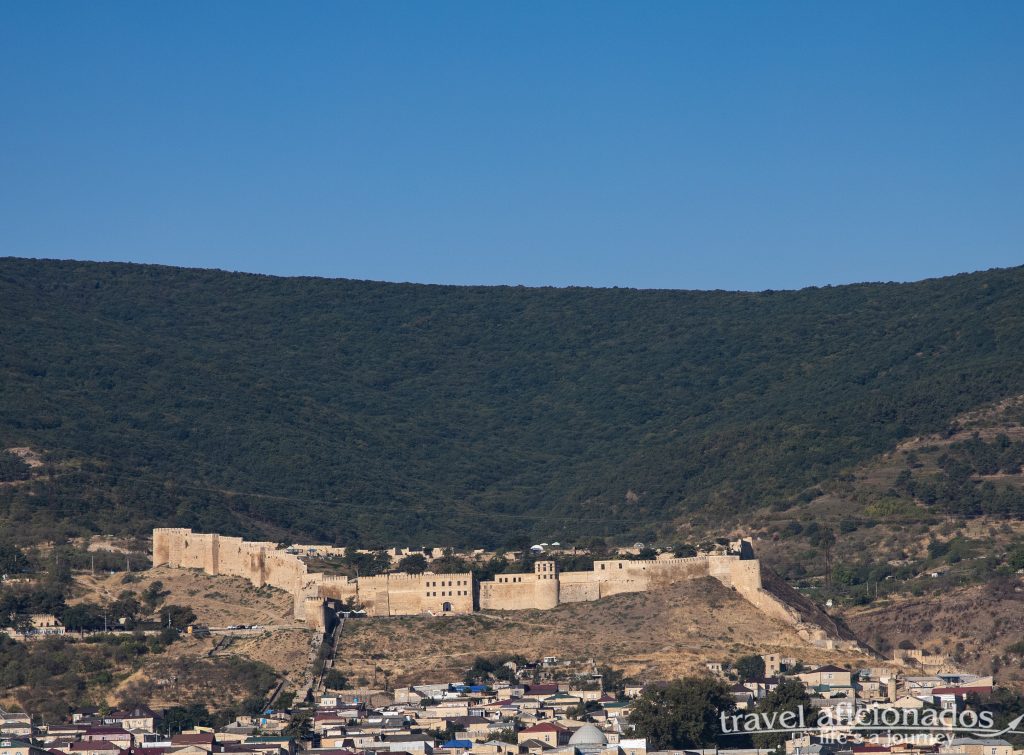
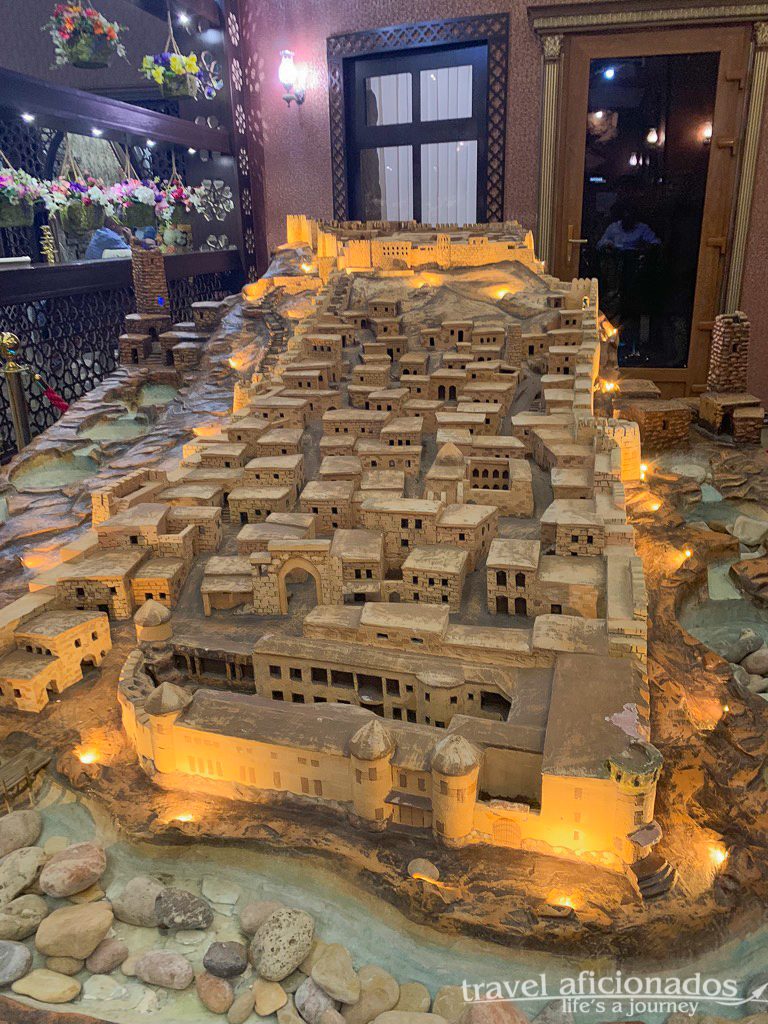
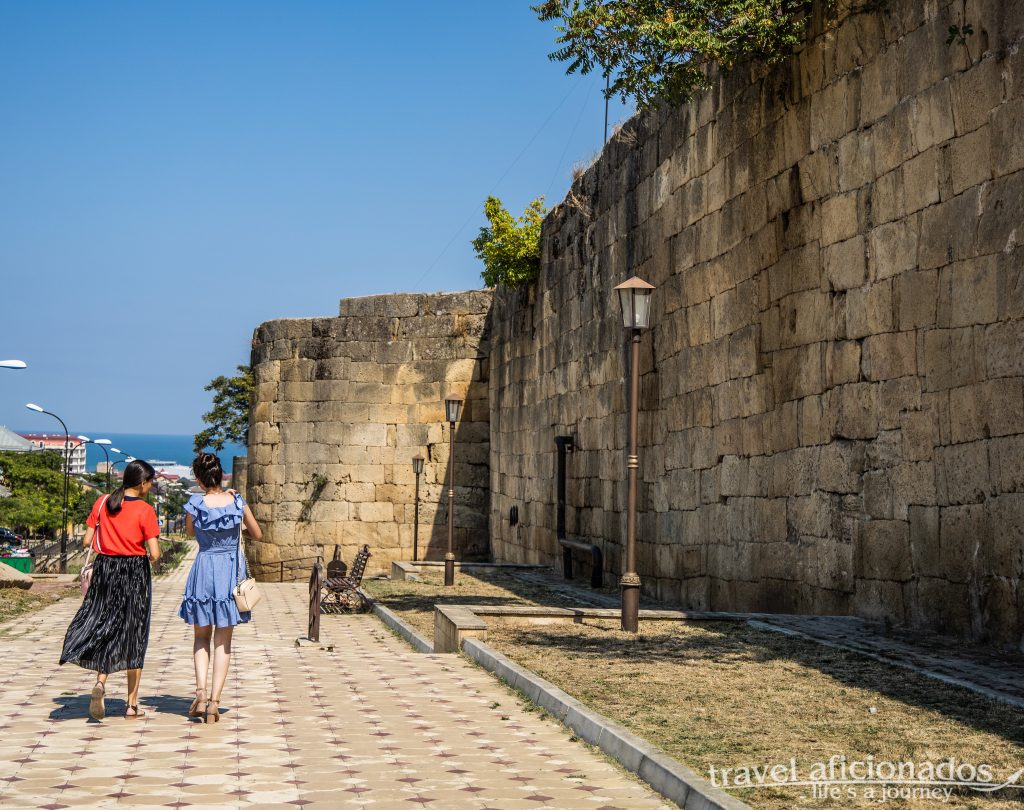
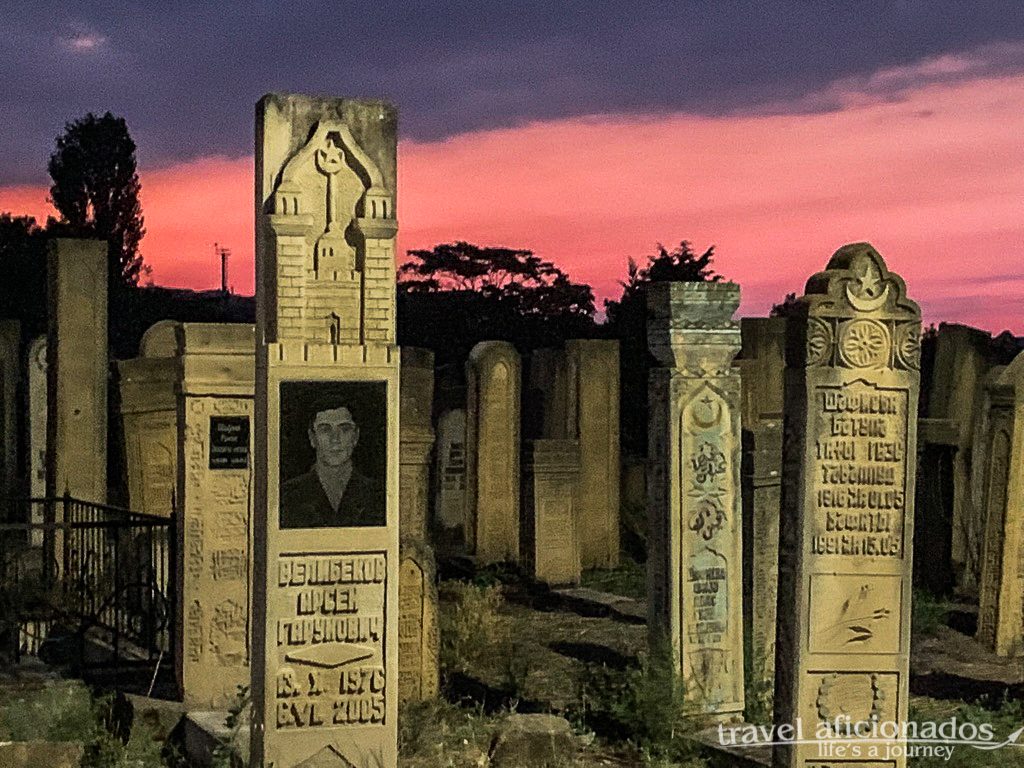
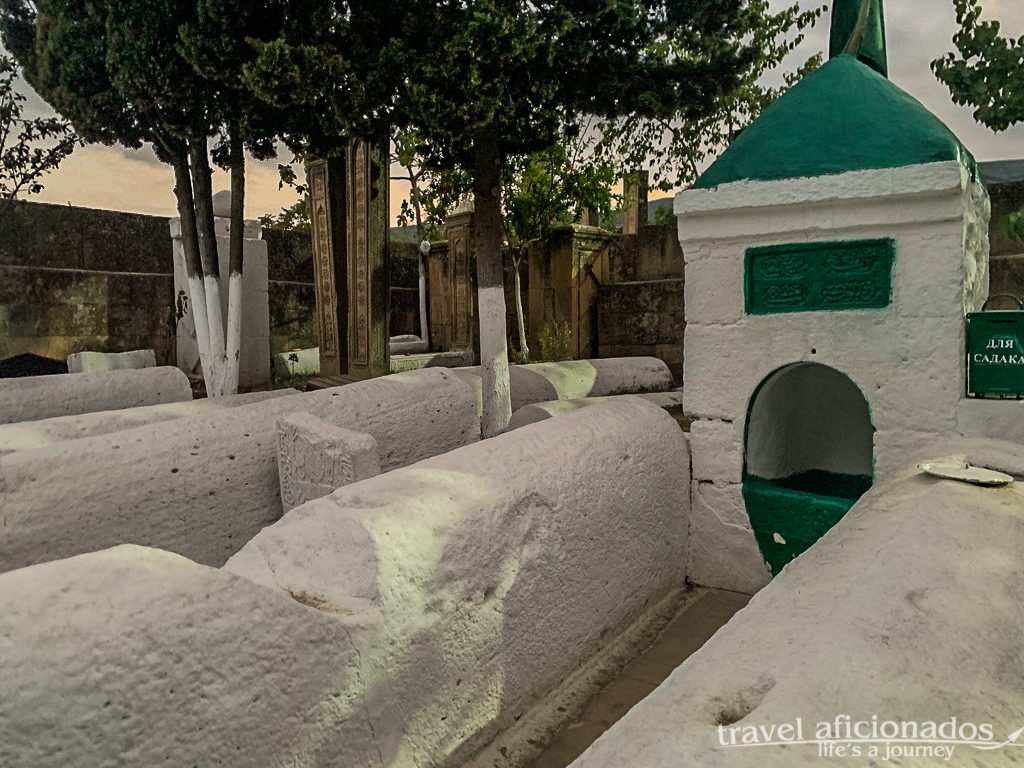
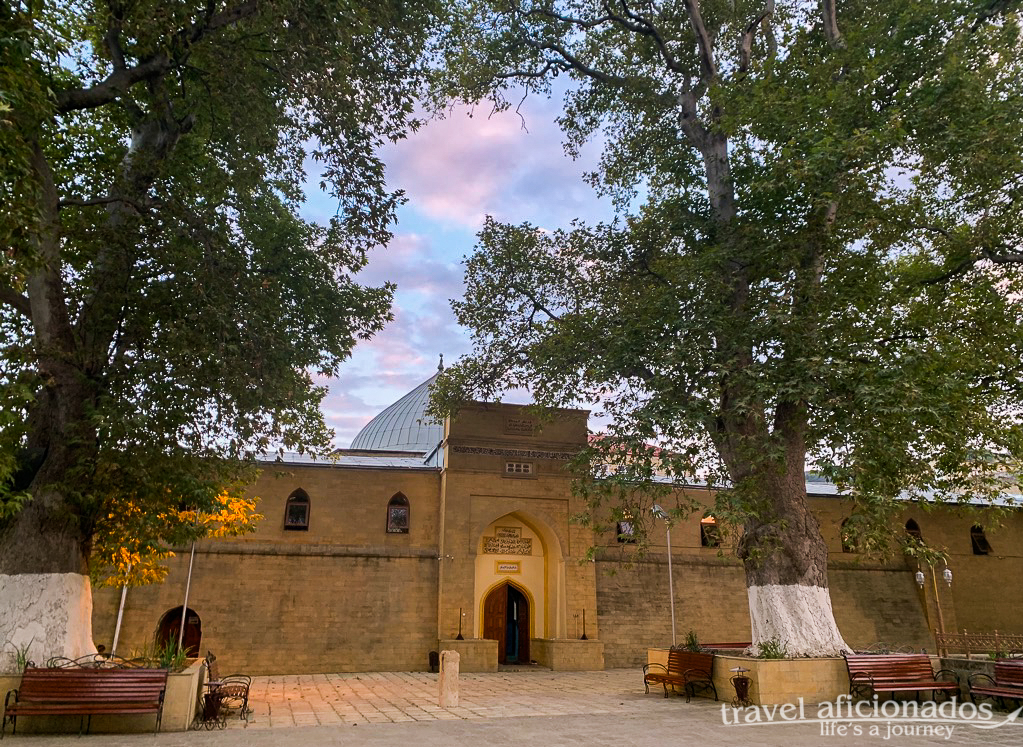
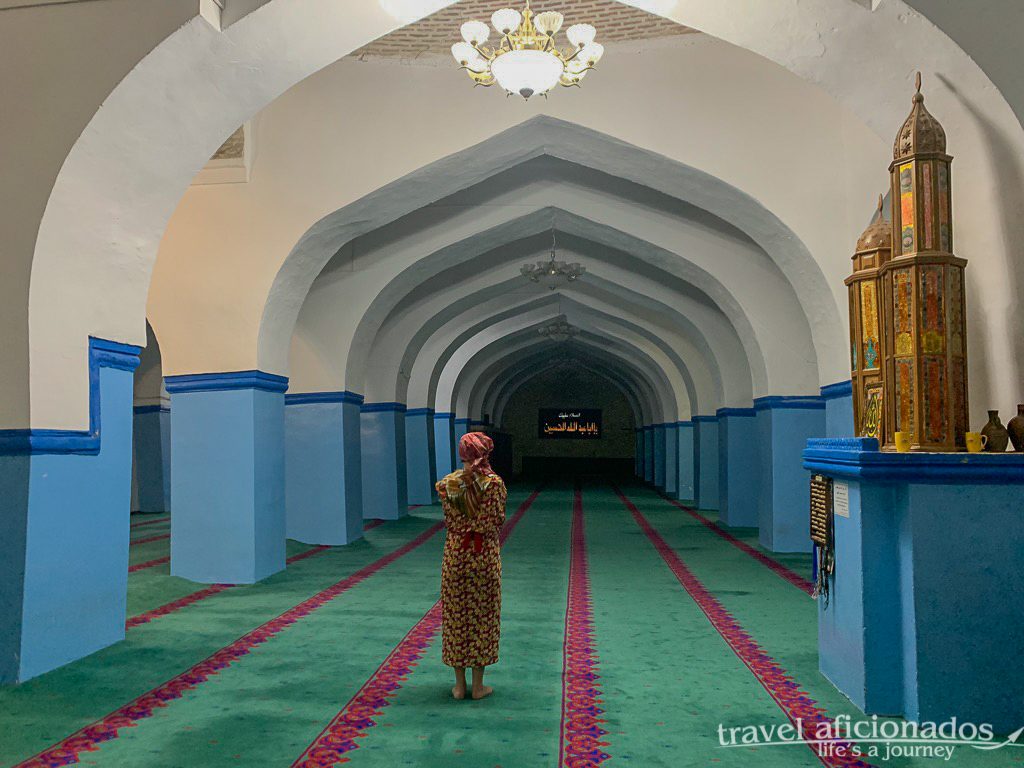
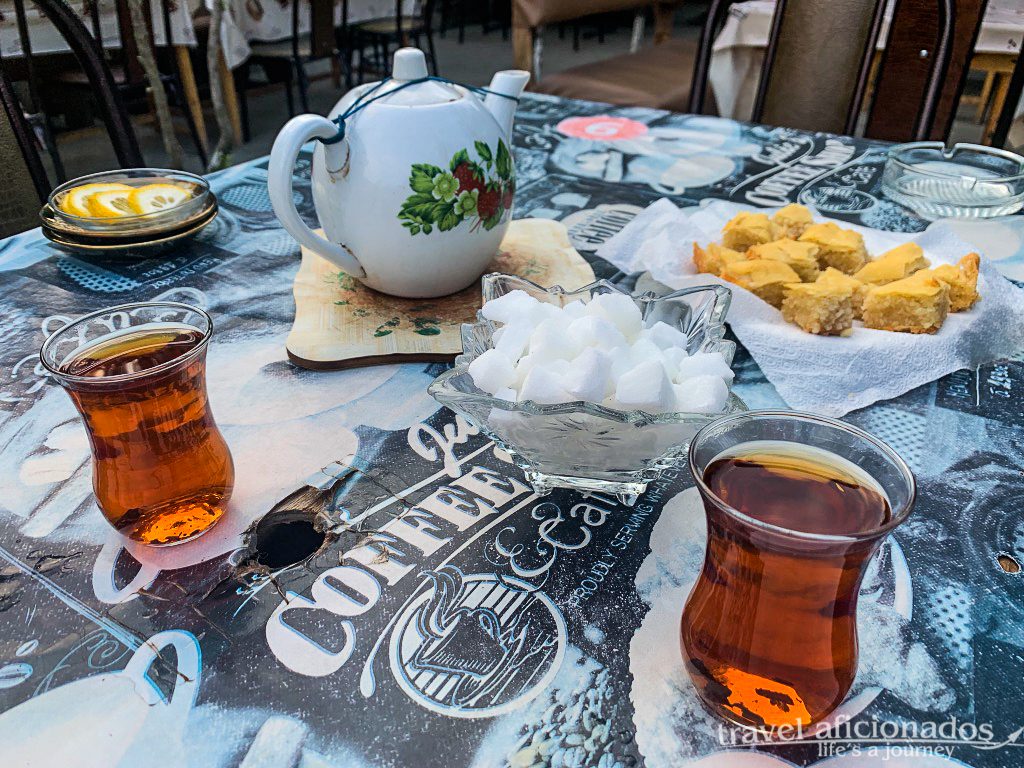
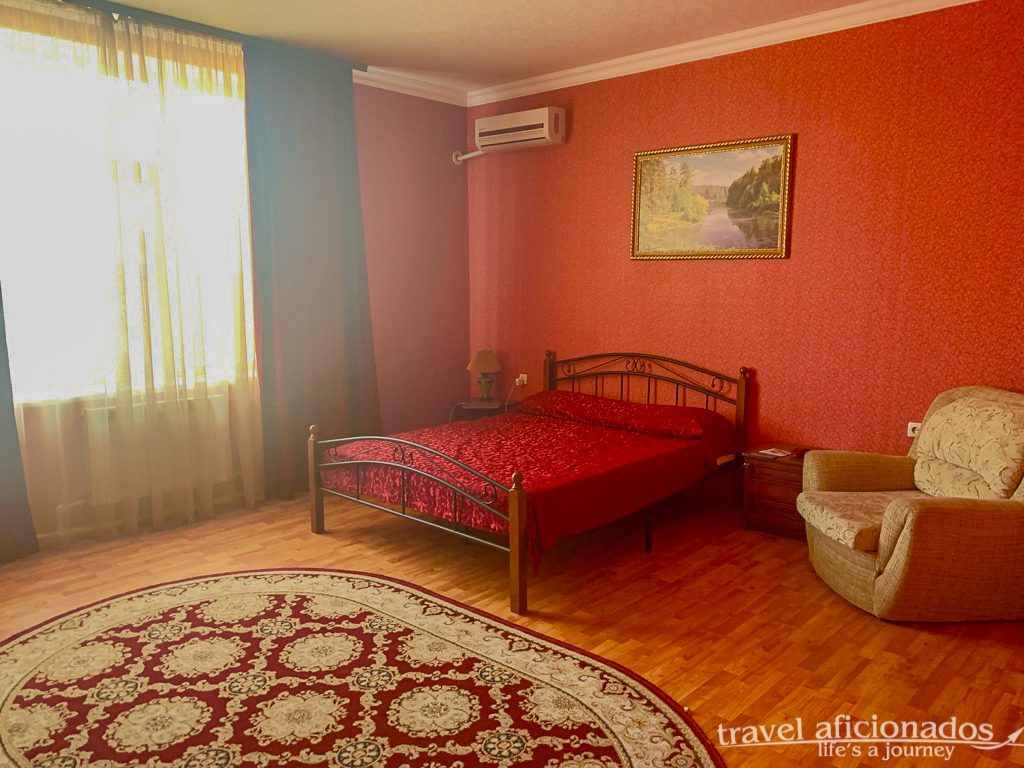
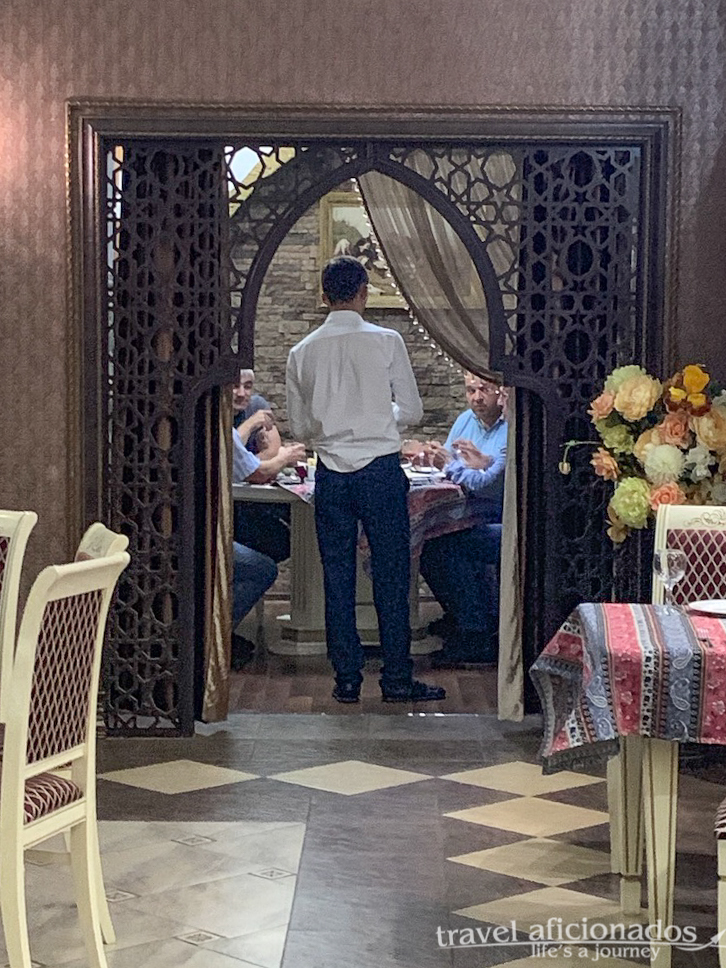
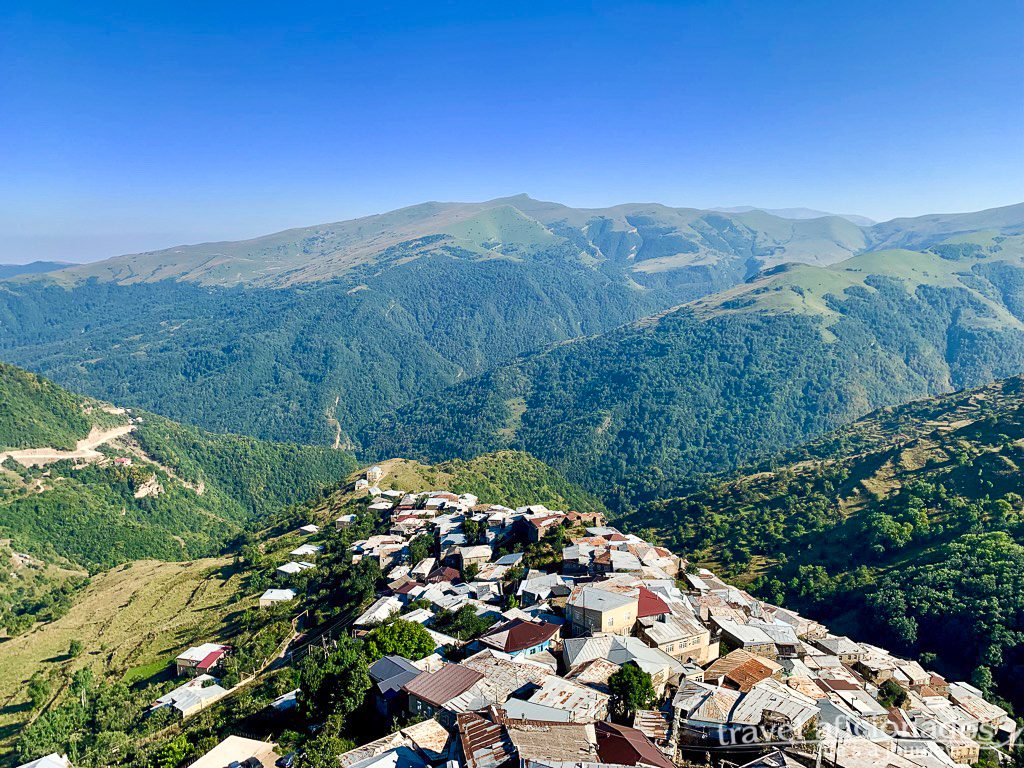
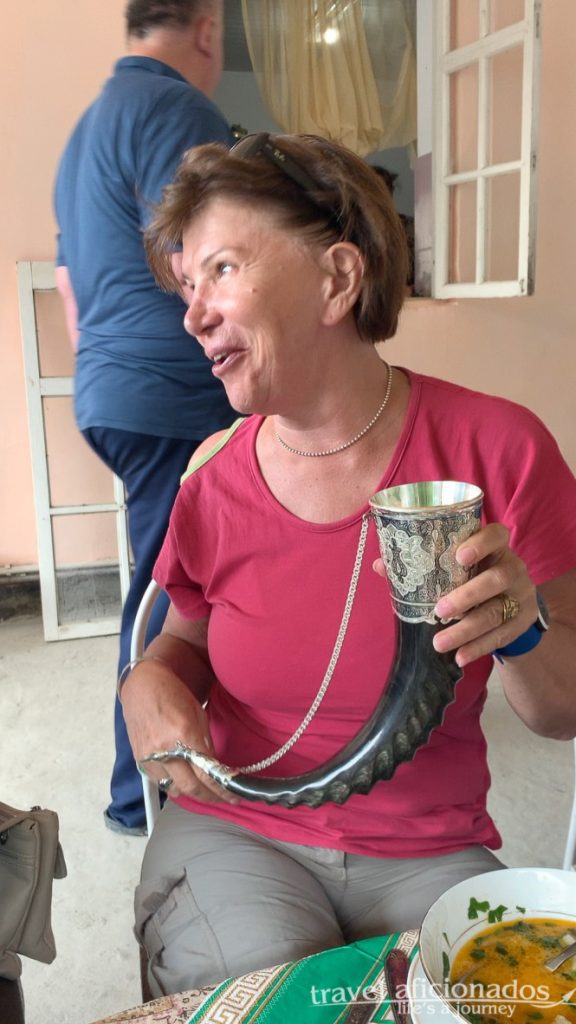
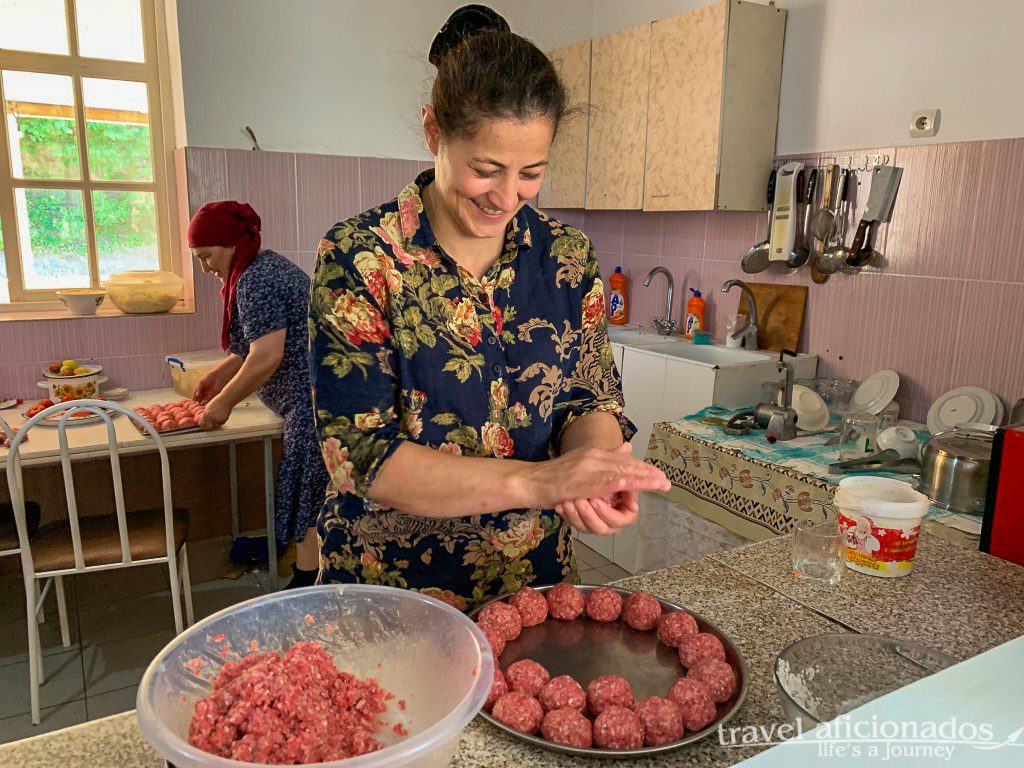
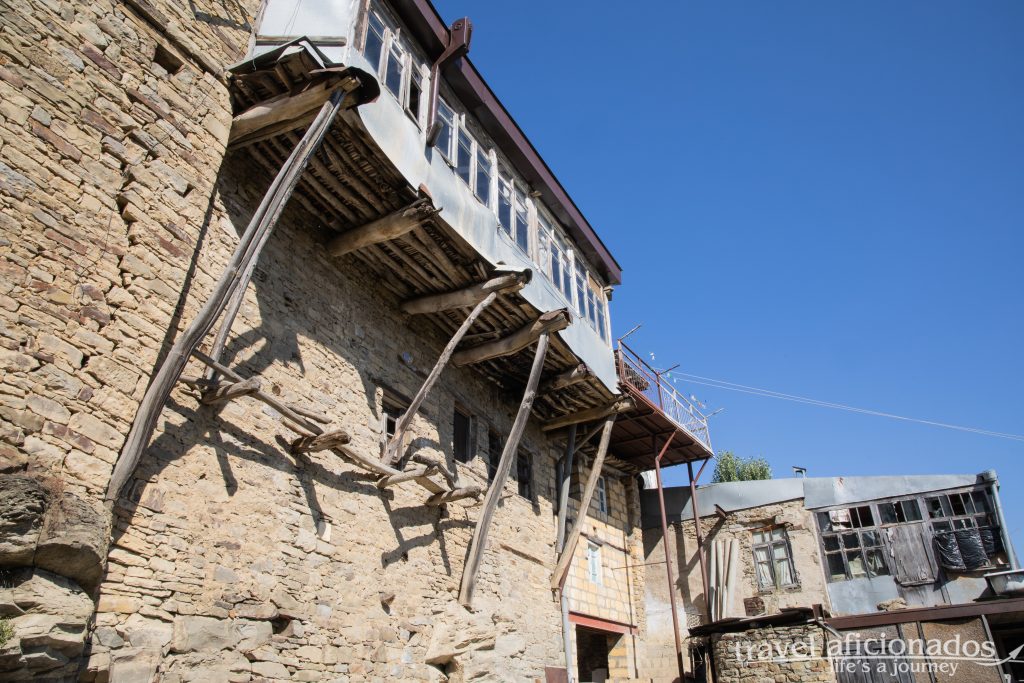
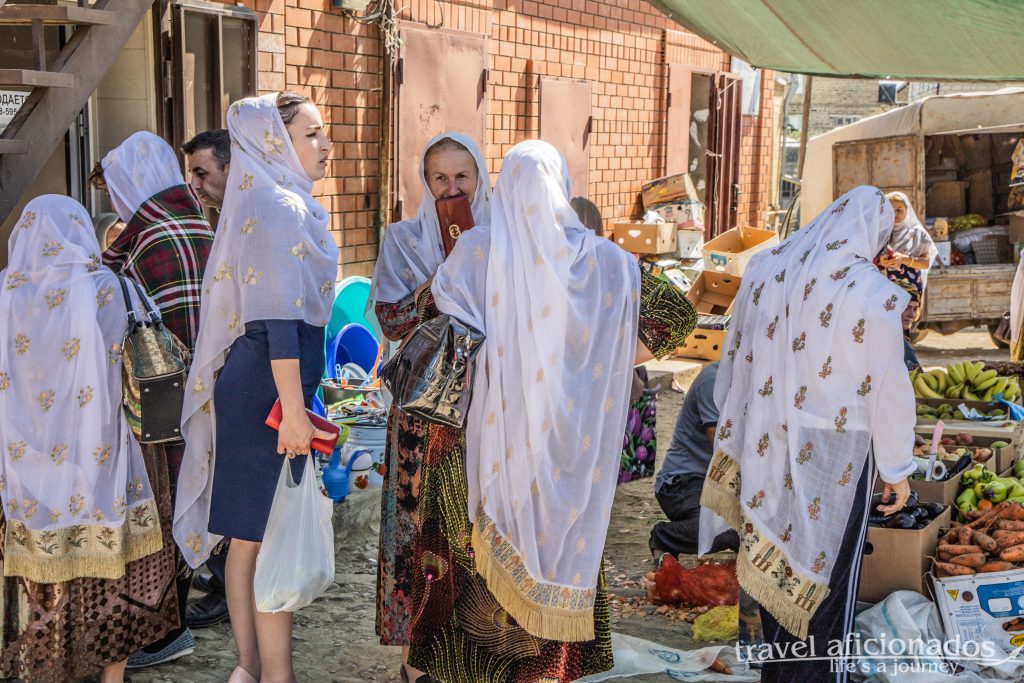
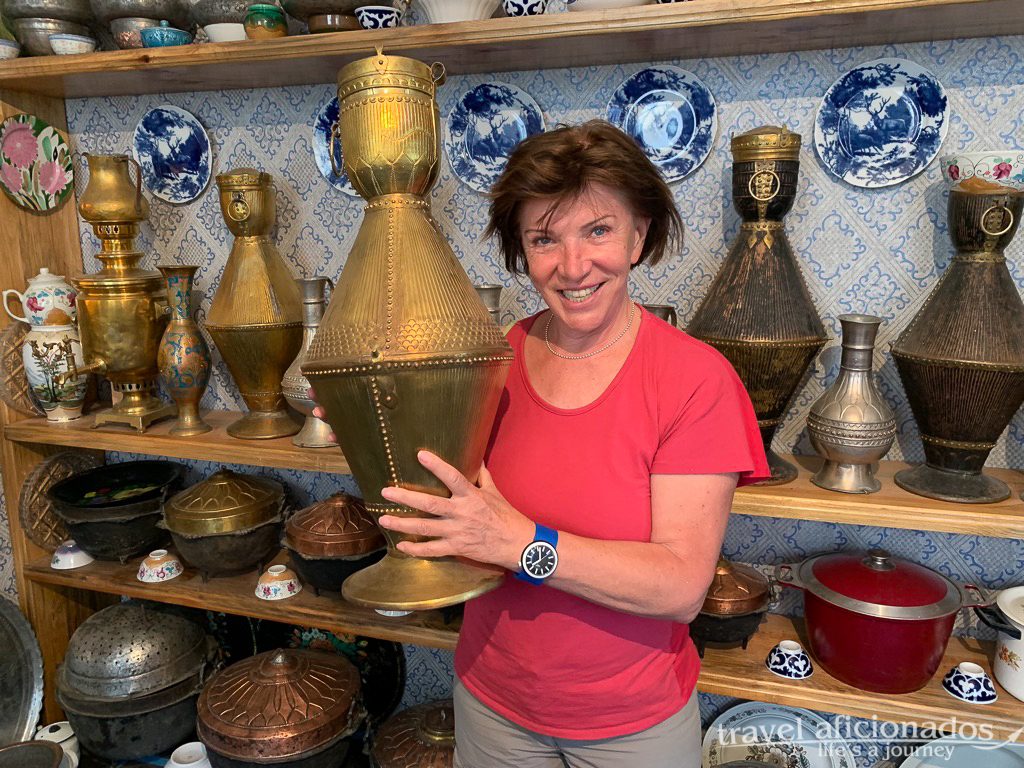
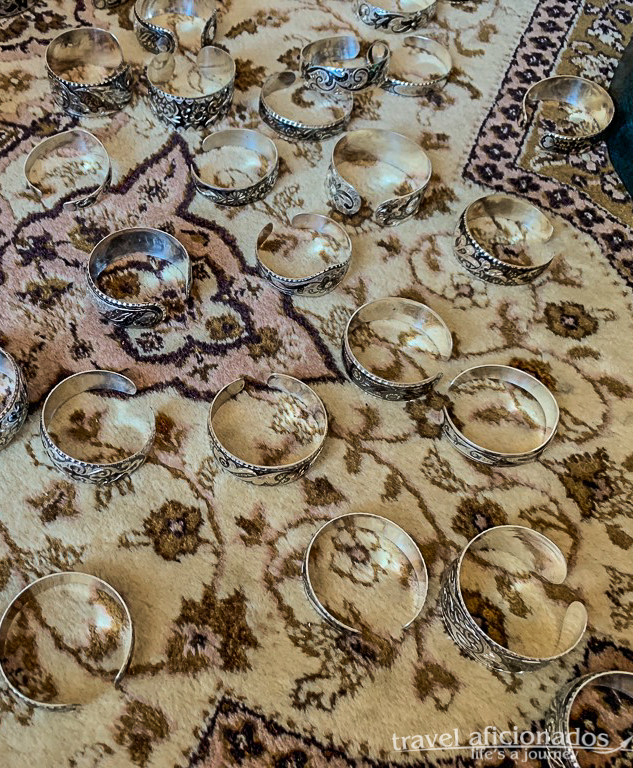
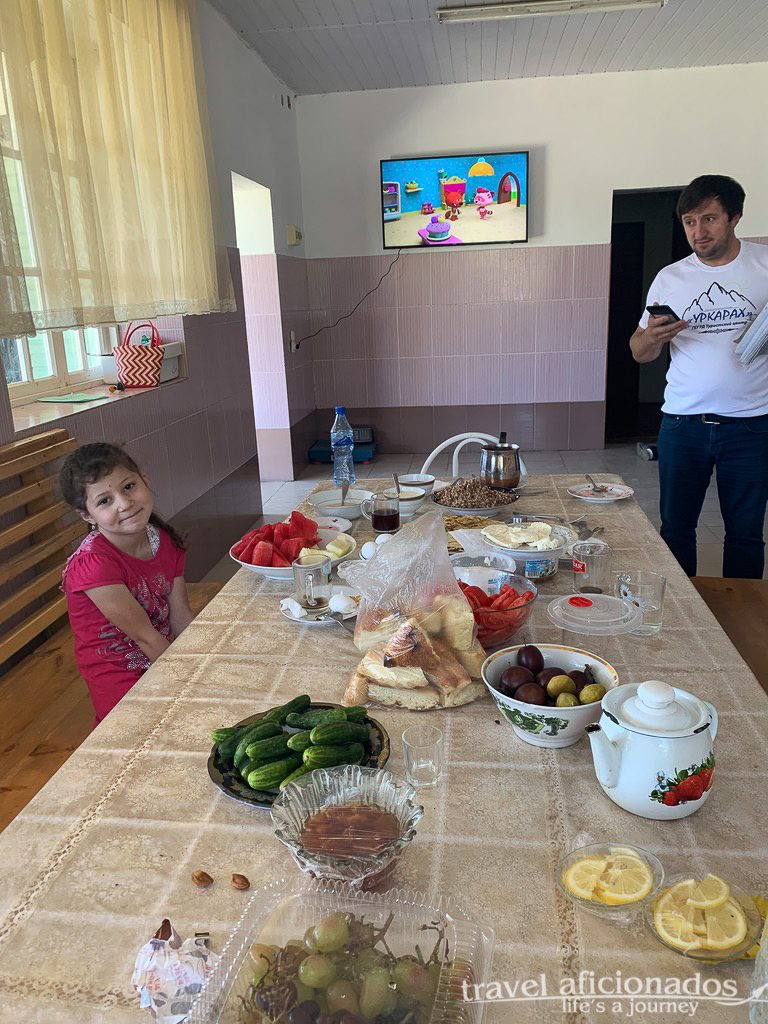
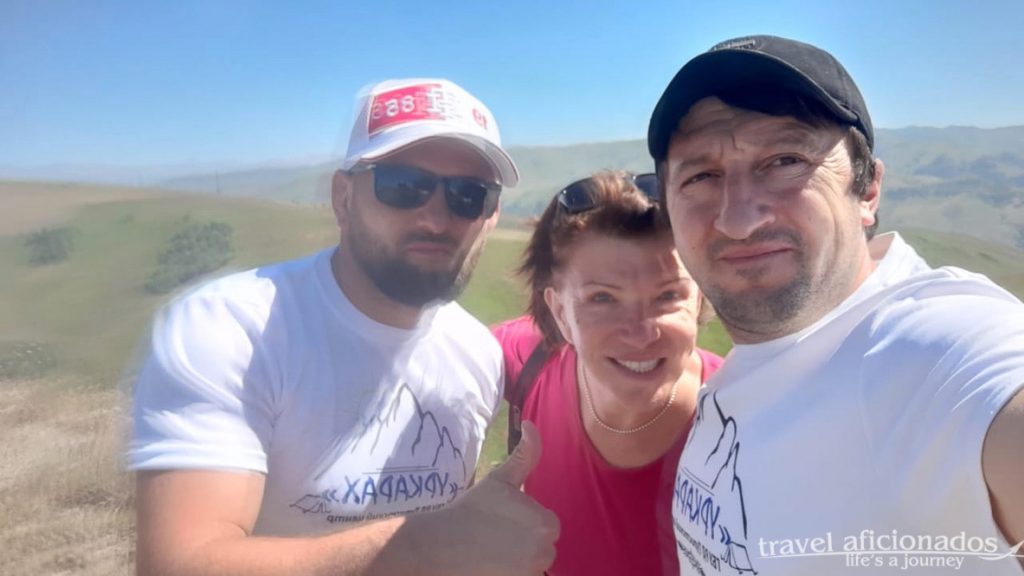
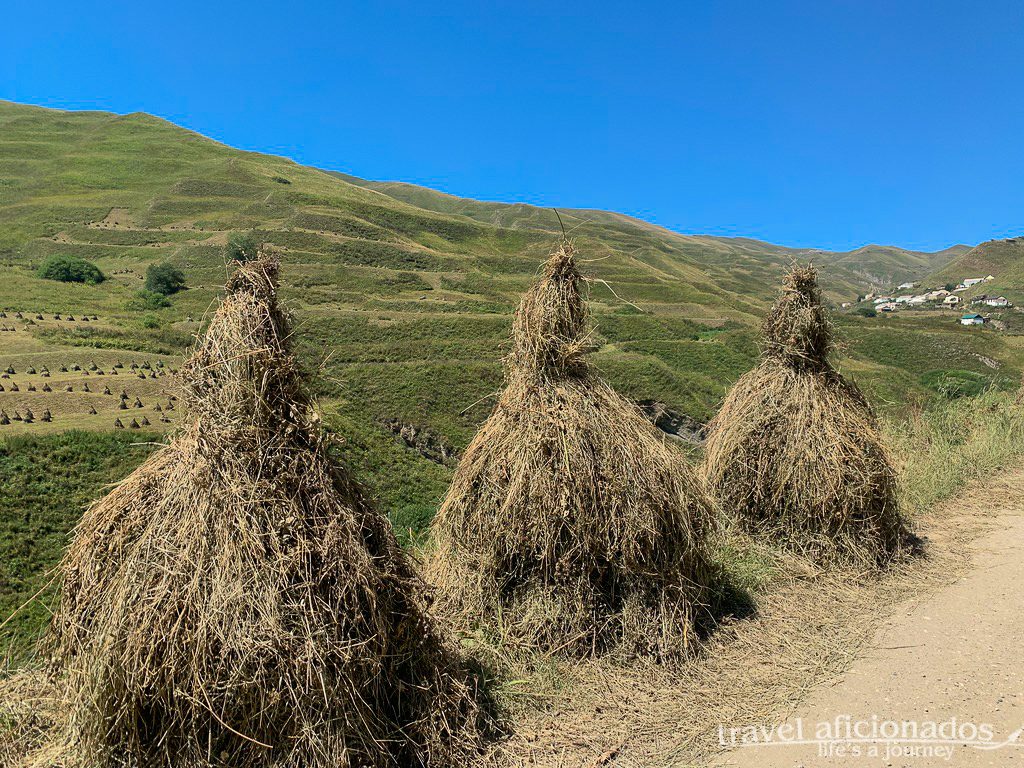
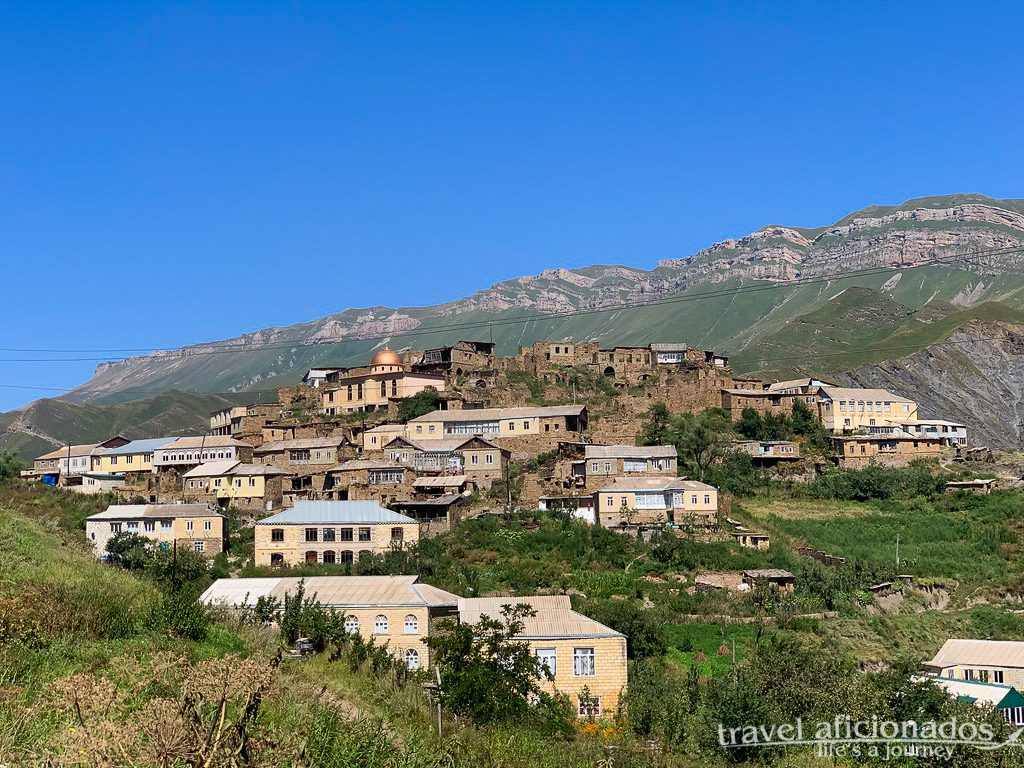
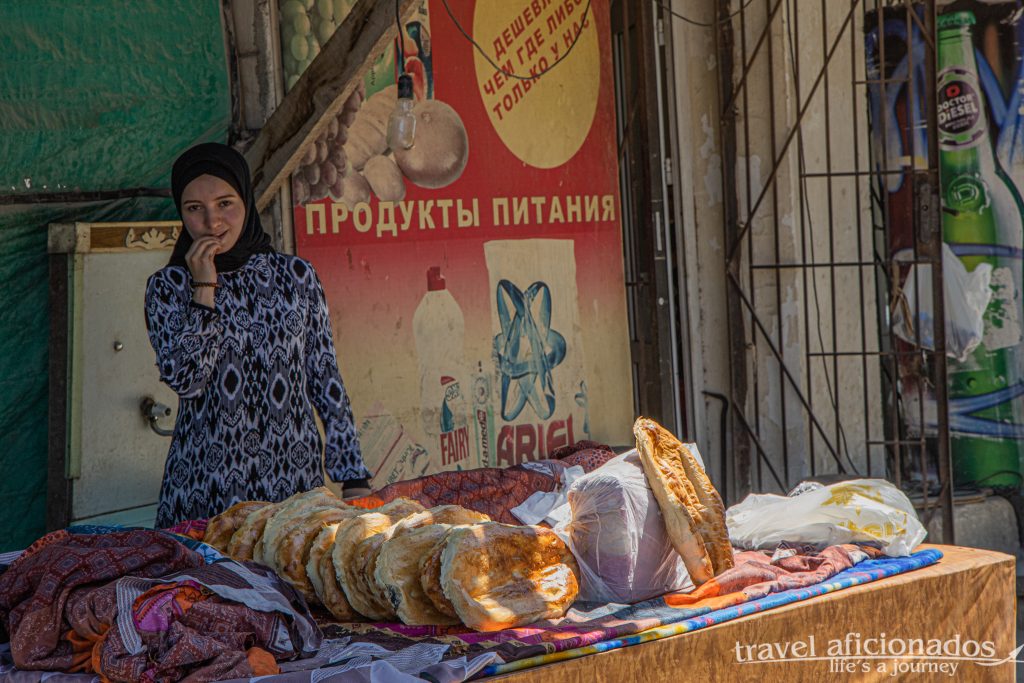
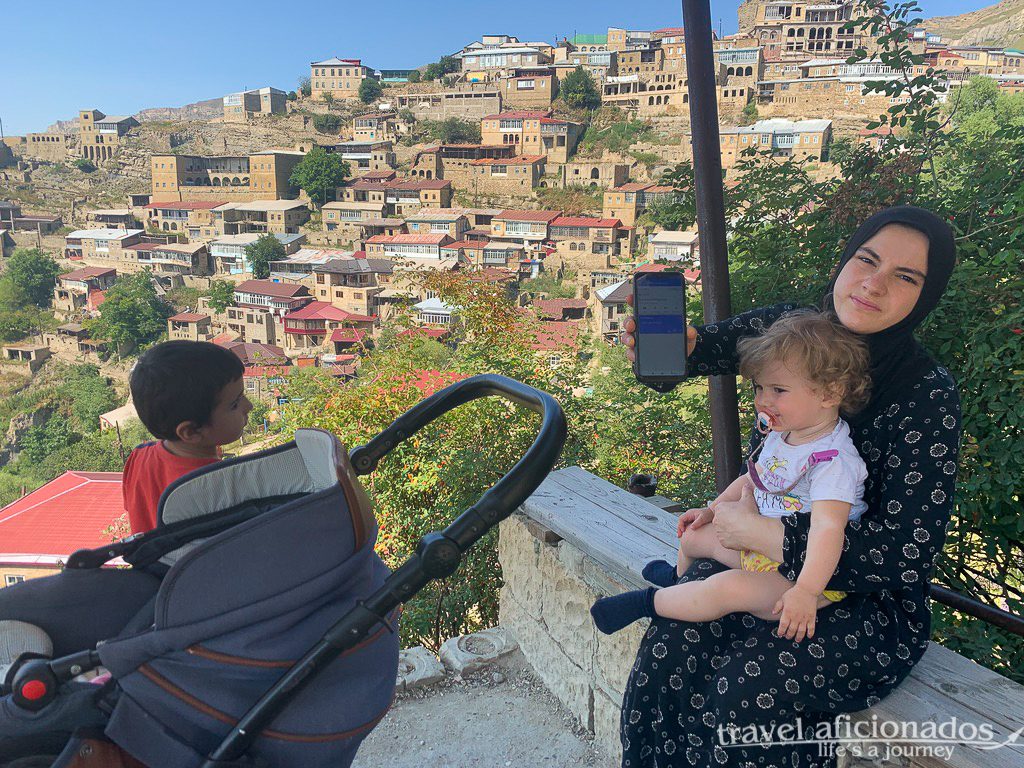
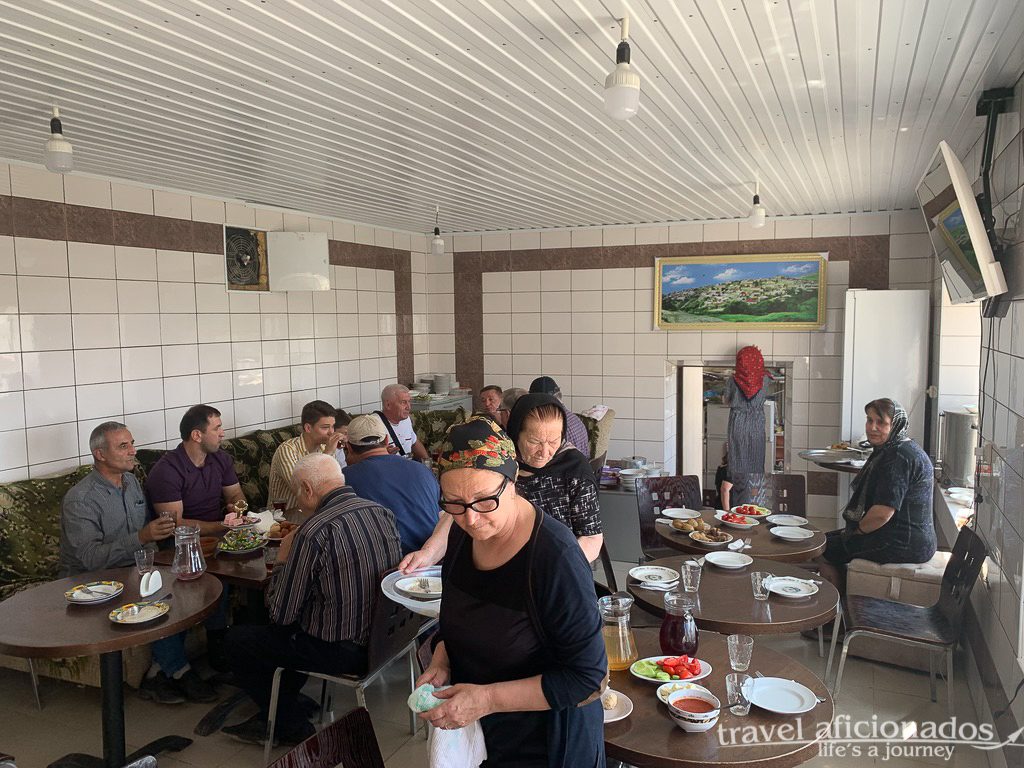
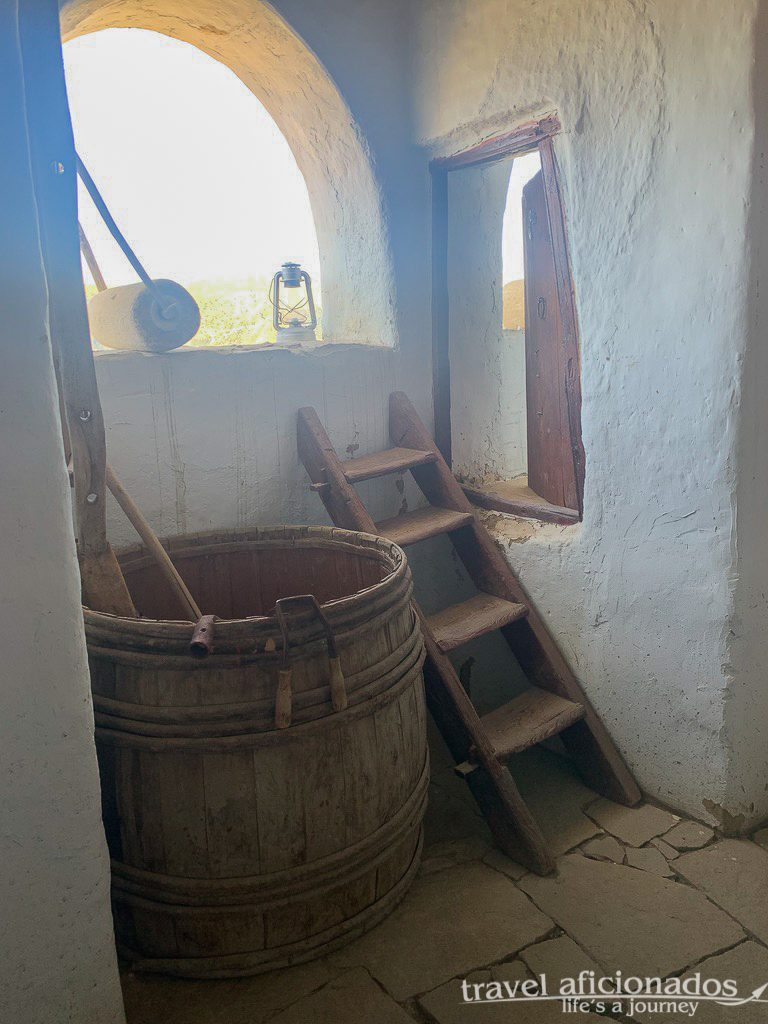
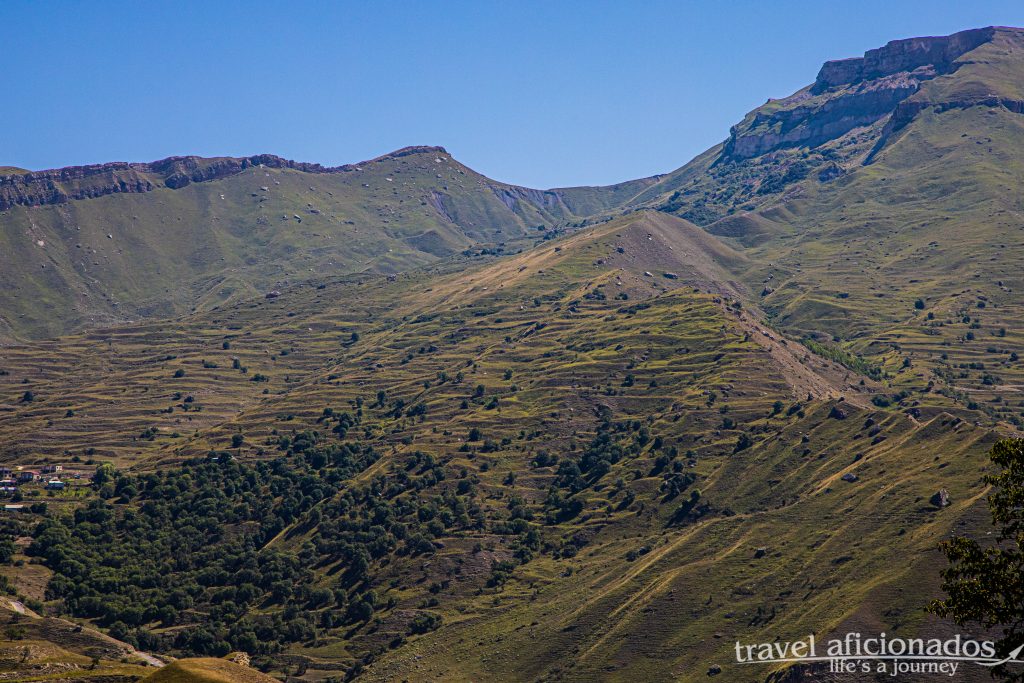
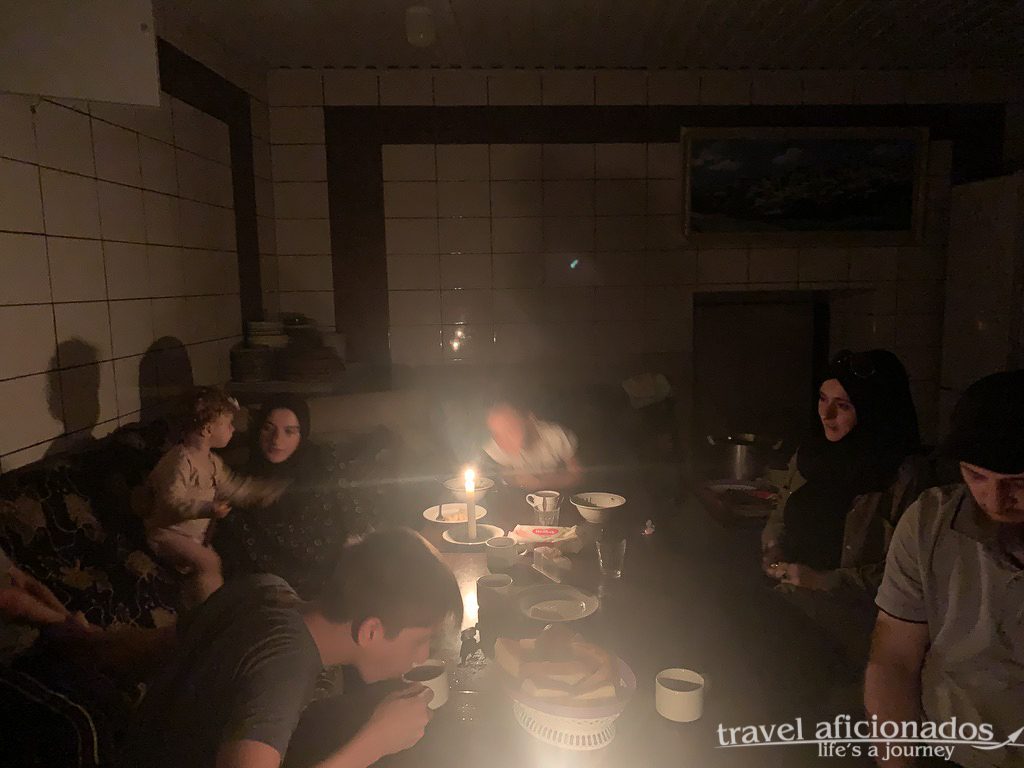
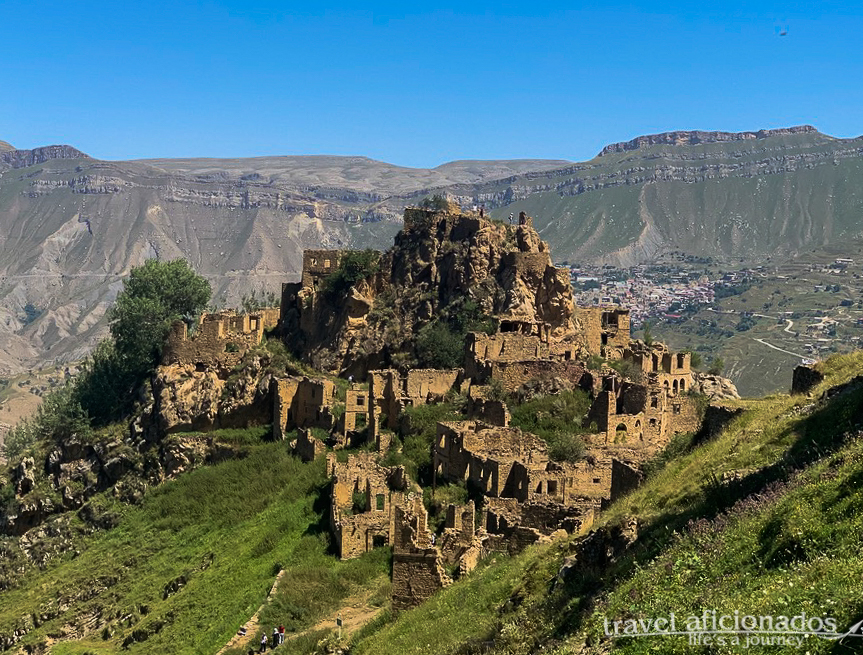
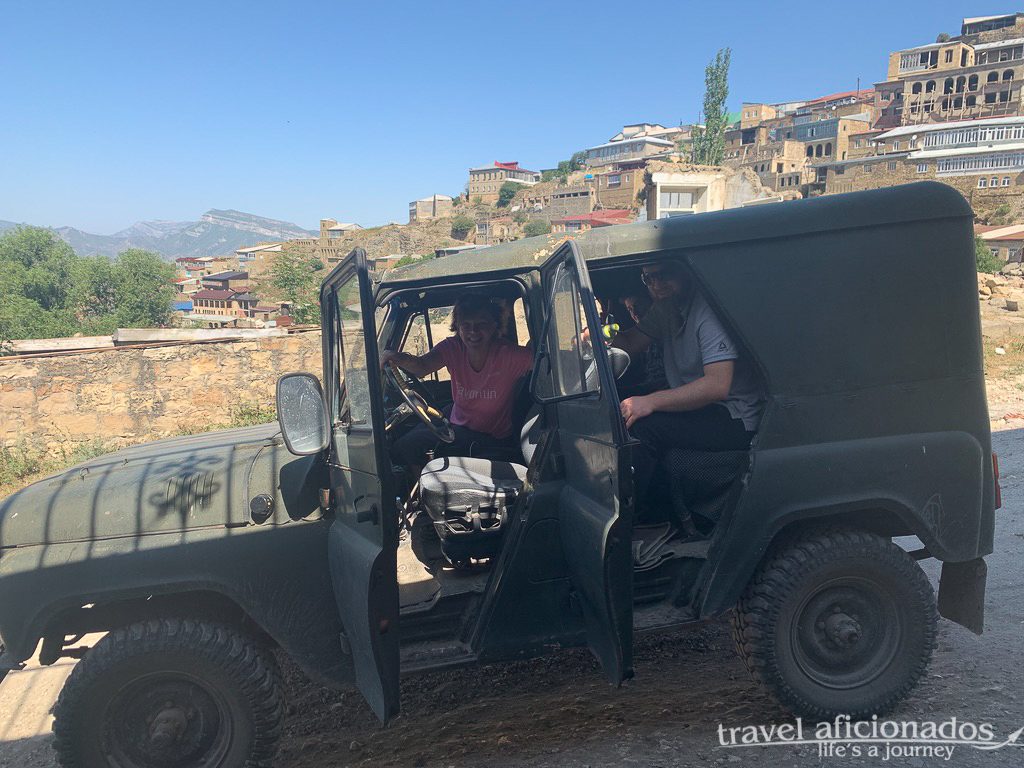
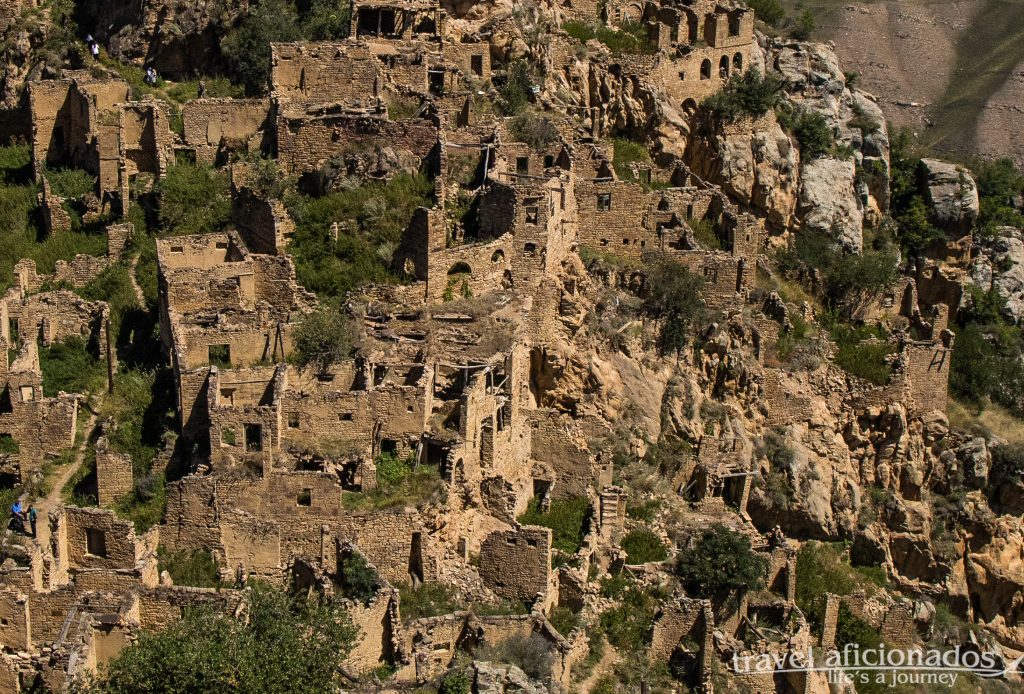
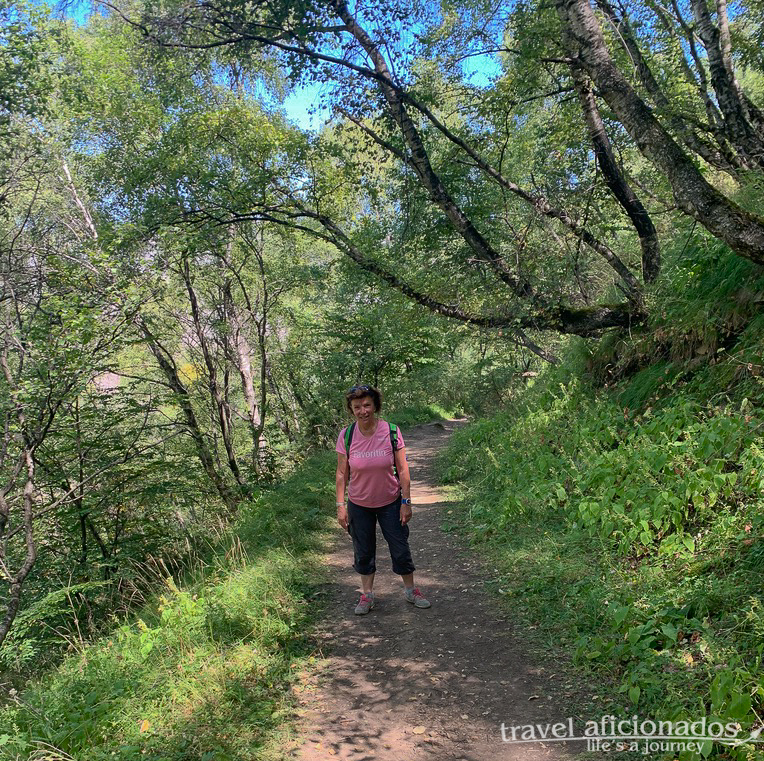
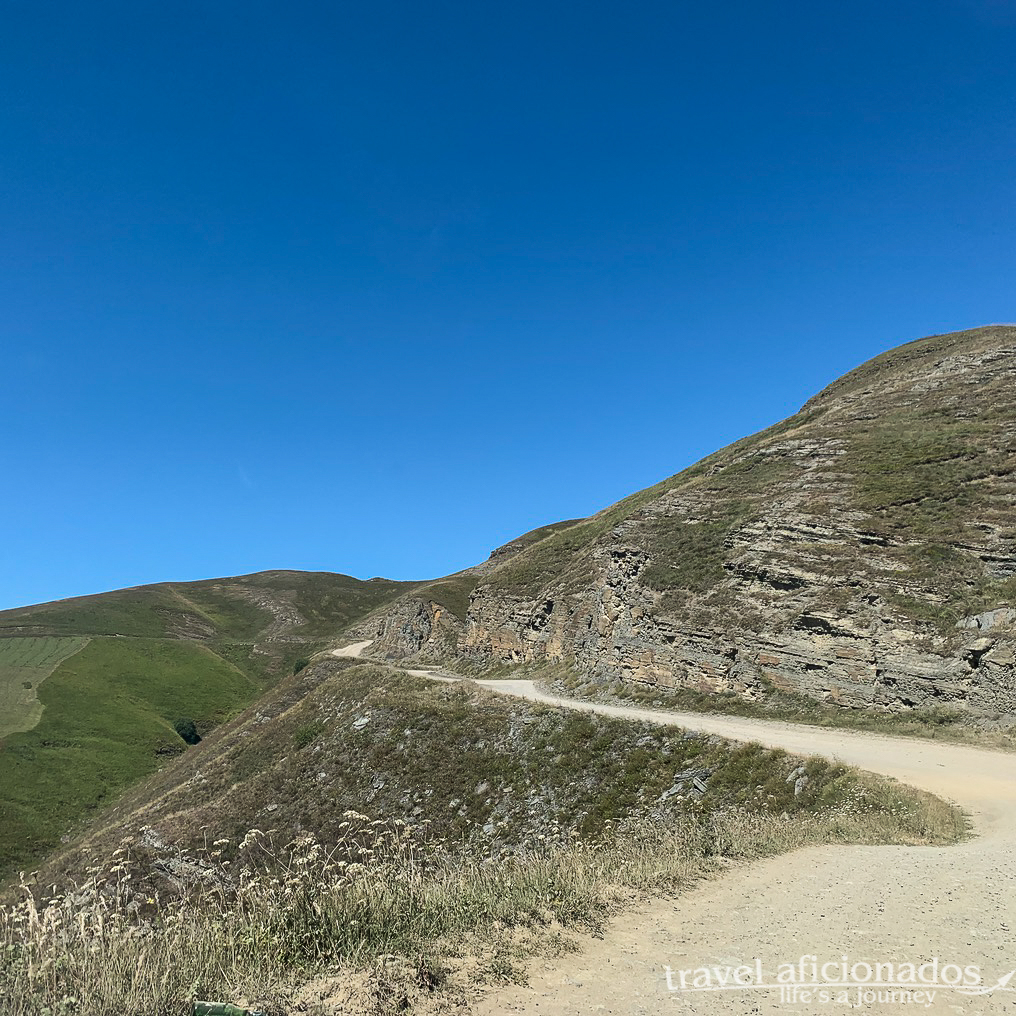
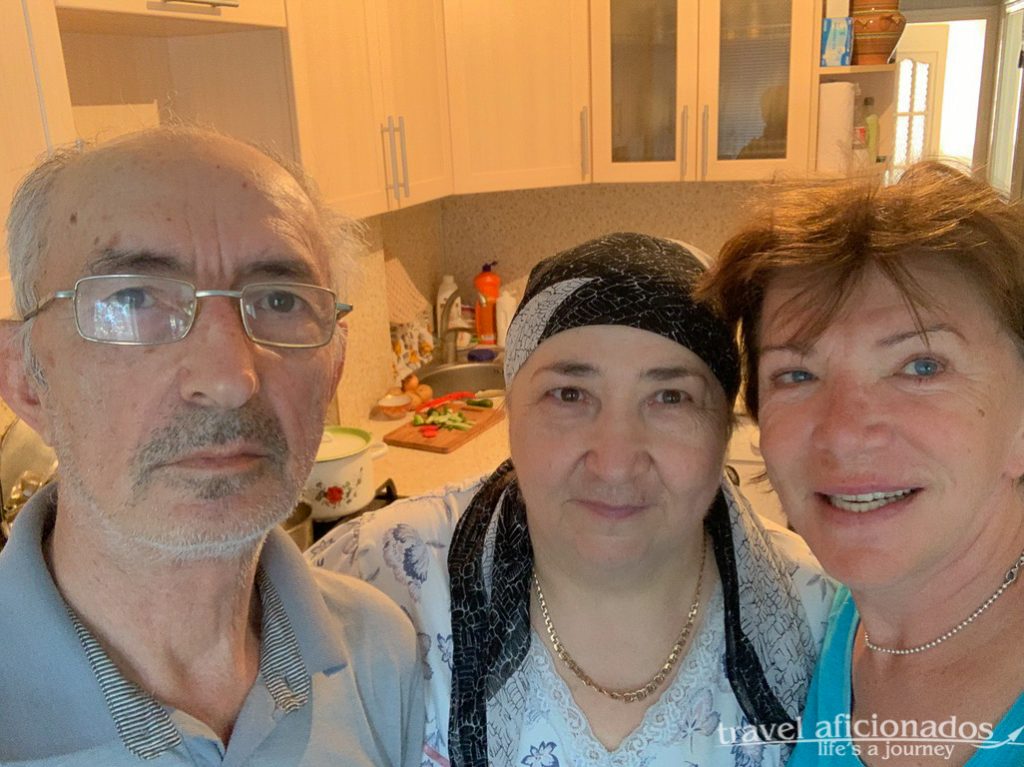
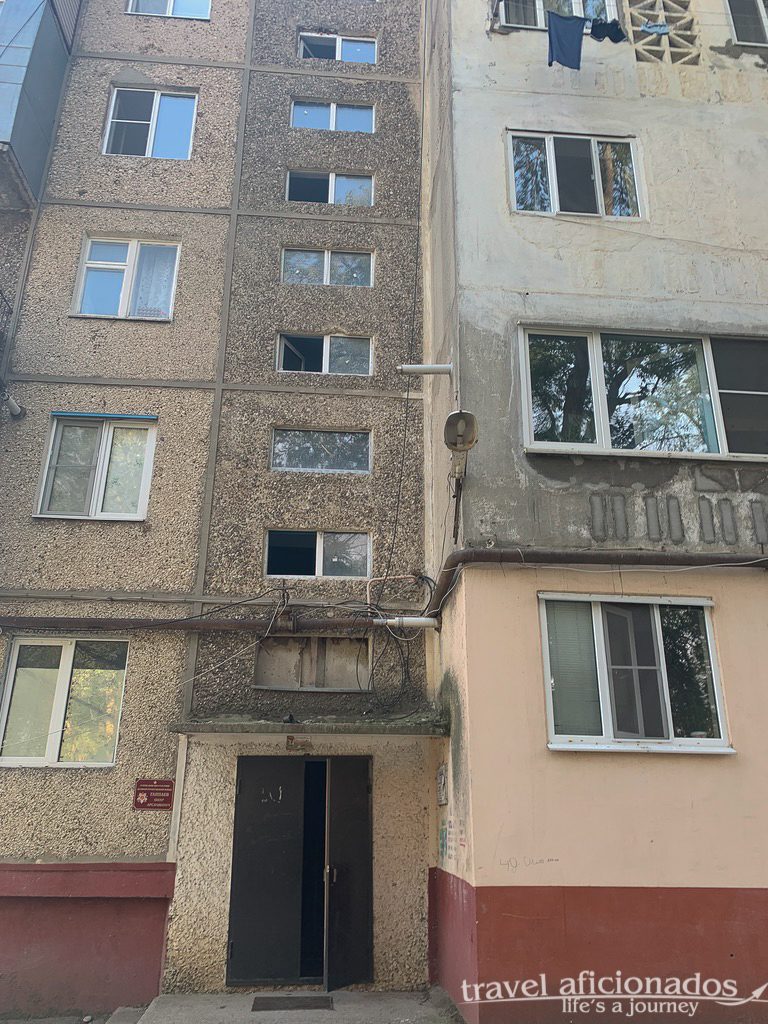
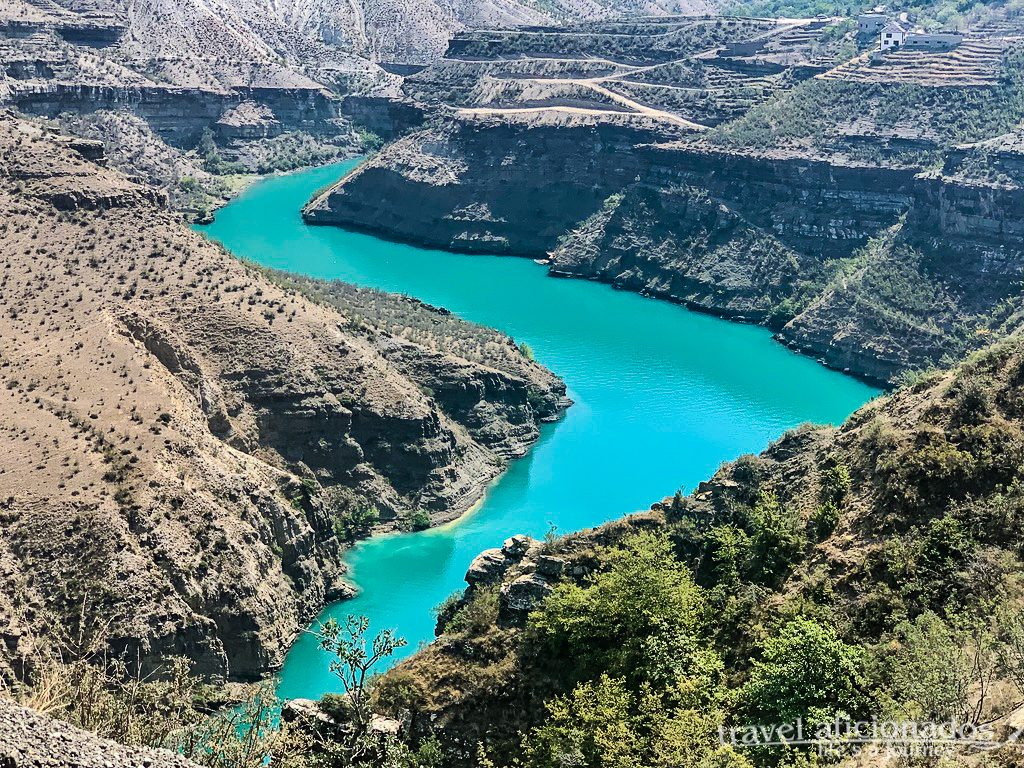
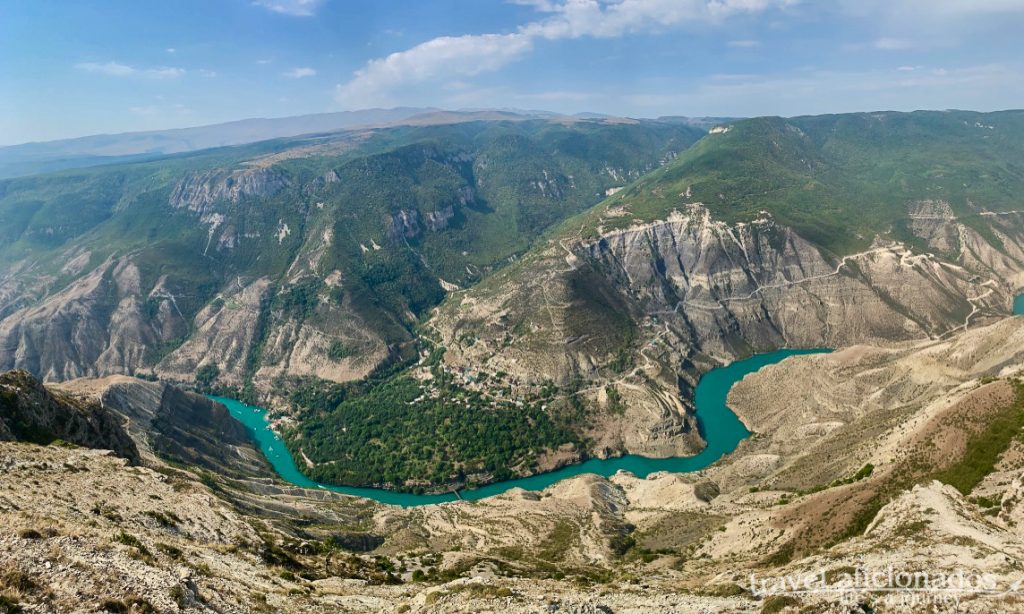
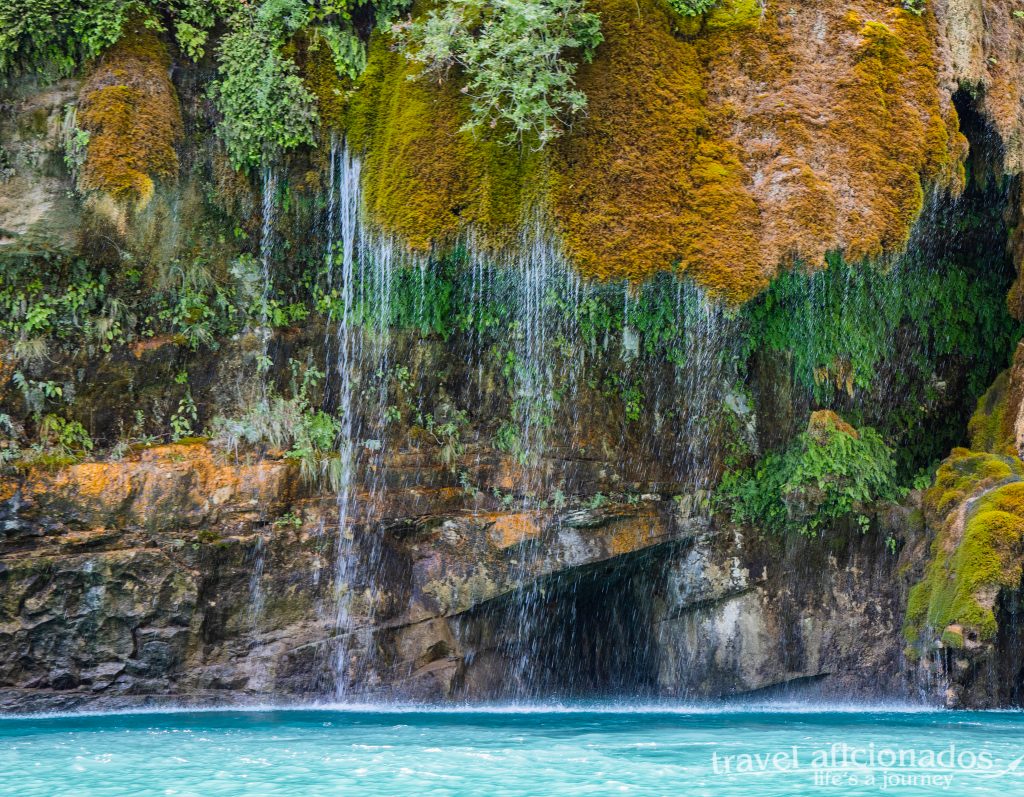
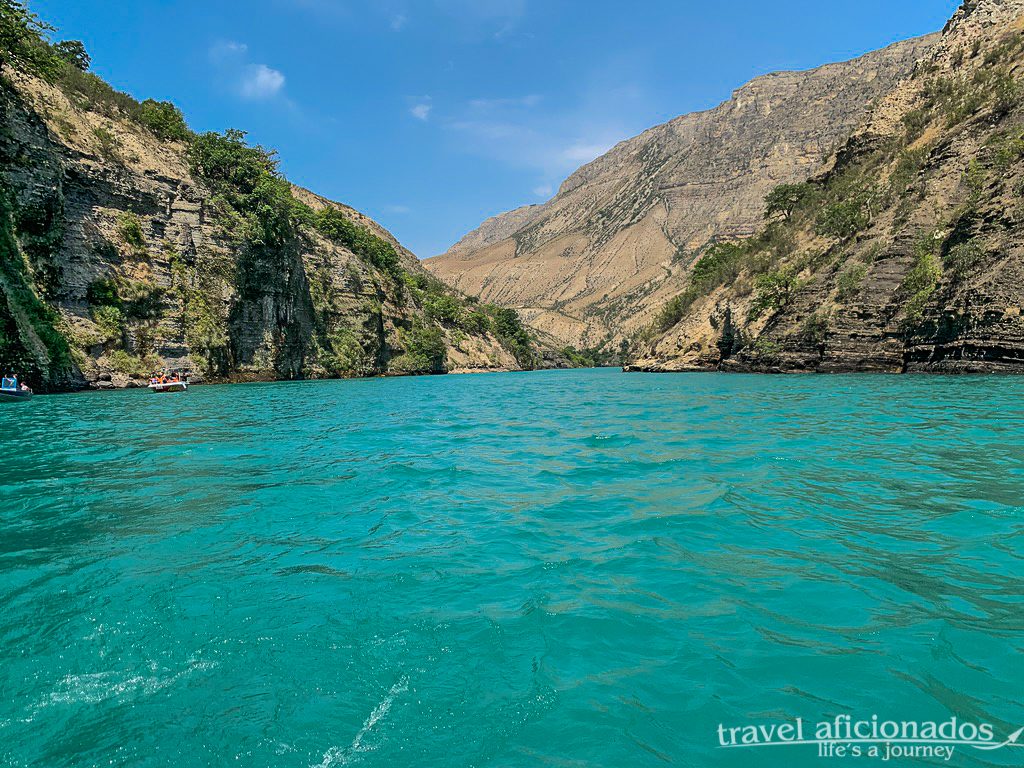
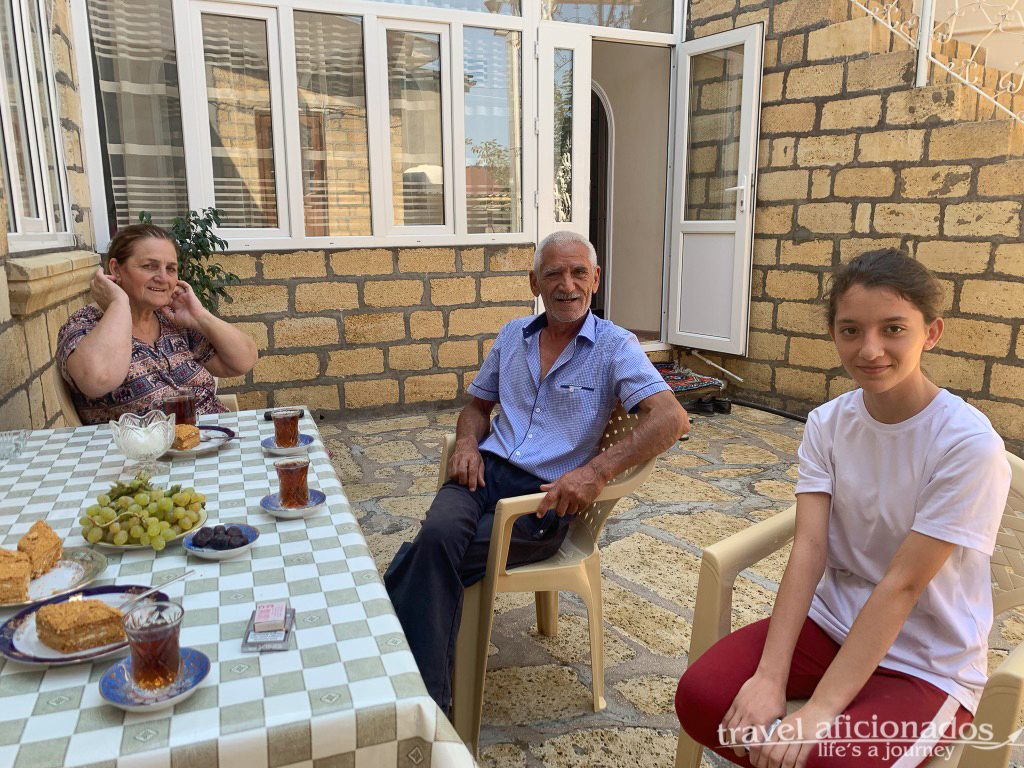
No comments yet.